At the turn of the 20th century, 42nd Street in New York City was a bustling, vibrant area filled with energy and excitement. The street was lined with theaters, shops, and restaurants, and was a popular destination for both locals and tourists alike.
One of the most notable features of 42nd Street at the time was its theaters. The street was home to a number of Broadway theaters, including the famous New Amsterdam Theater, which opened in 1903 and was known for its opulent design and impressive stage productions. The theater district was a major draw for theatergoers, and it was not uncommon to see lines of people waiting to buy tickets to the latest show.
In addition to the theaters, 42nd Street was also home to a number of shops and businesses. Department stores like Macy’s and Saks Fifth Avenue were popular destinations for shoppers, while restaurants and cafes offered a wide variety of dining options. The street was also home to a number of hotels, including the luxurious Grand Central Hotel, which was a favorite among wealthy travelers.
Despite the hustle and bustle of 42nd Street, the area was not without its problems. The street was known for its seediness, and it was not uncommon to see prostitution and other illegal activities taking place. However, the city was working to clean up the area, and by the 1920s, 42nd Street had become a more respectable place.
Overall, 42nd Street at the turn of the 20th century was a vibrant and exciting place, full of energy and activity. It was a popular destination for theater-goers and shoppers, and offered a wide variety of dining and entertainment options. Despite its seedier elements, the street was a major center of culture and commerce in New York City.


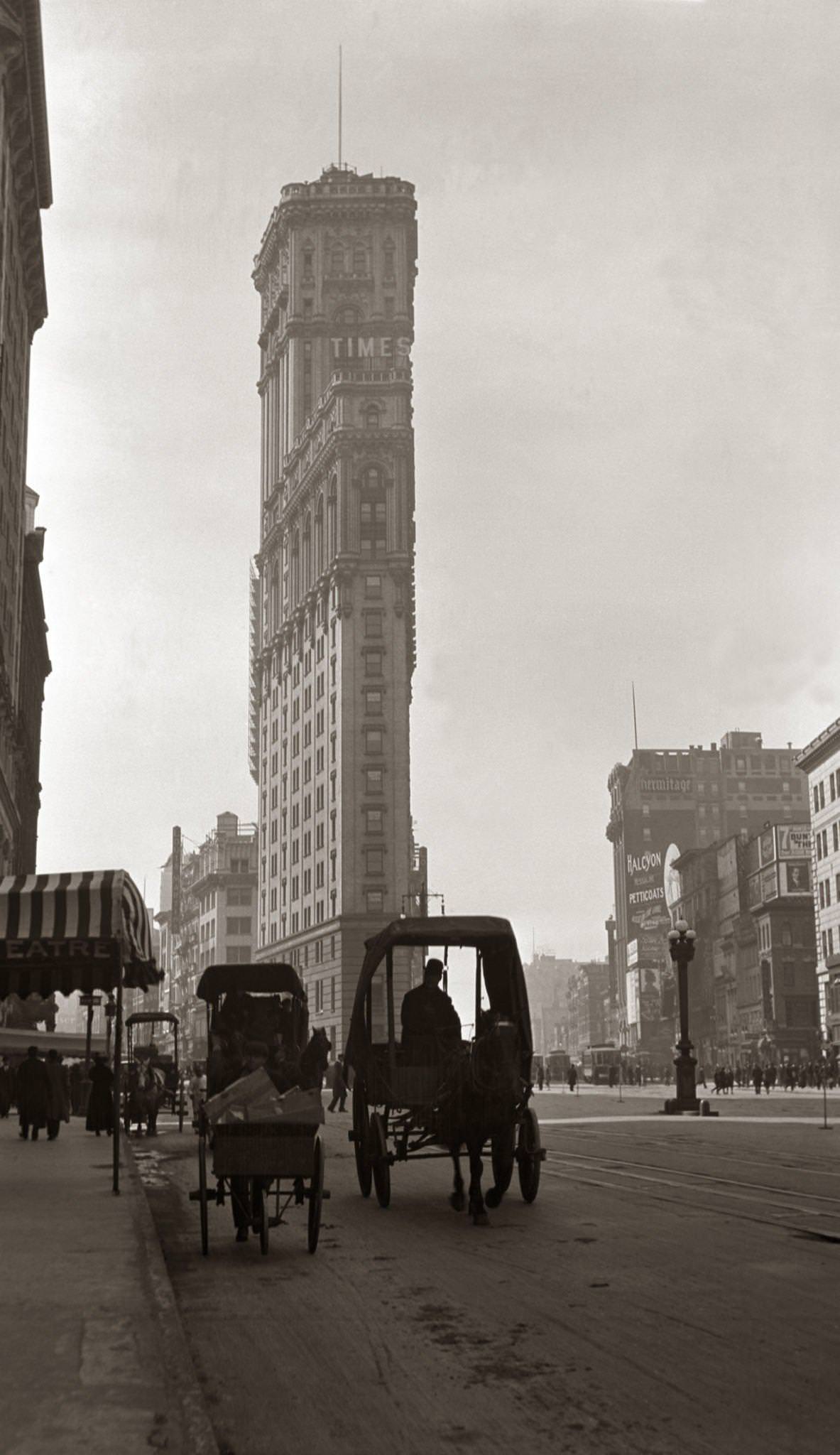
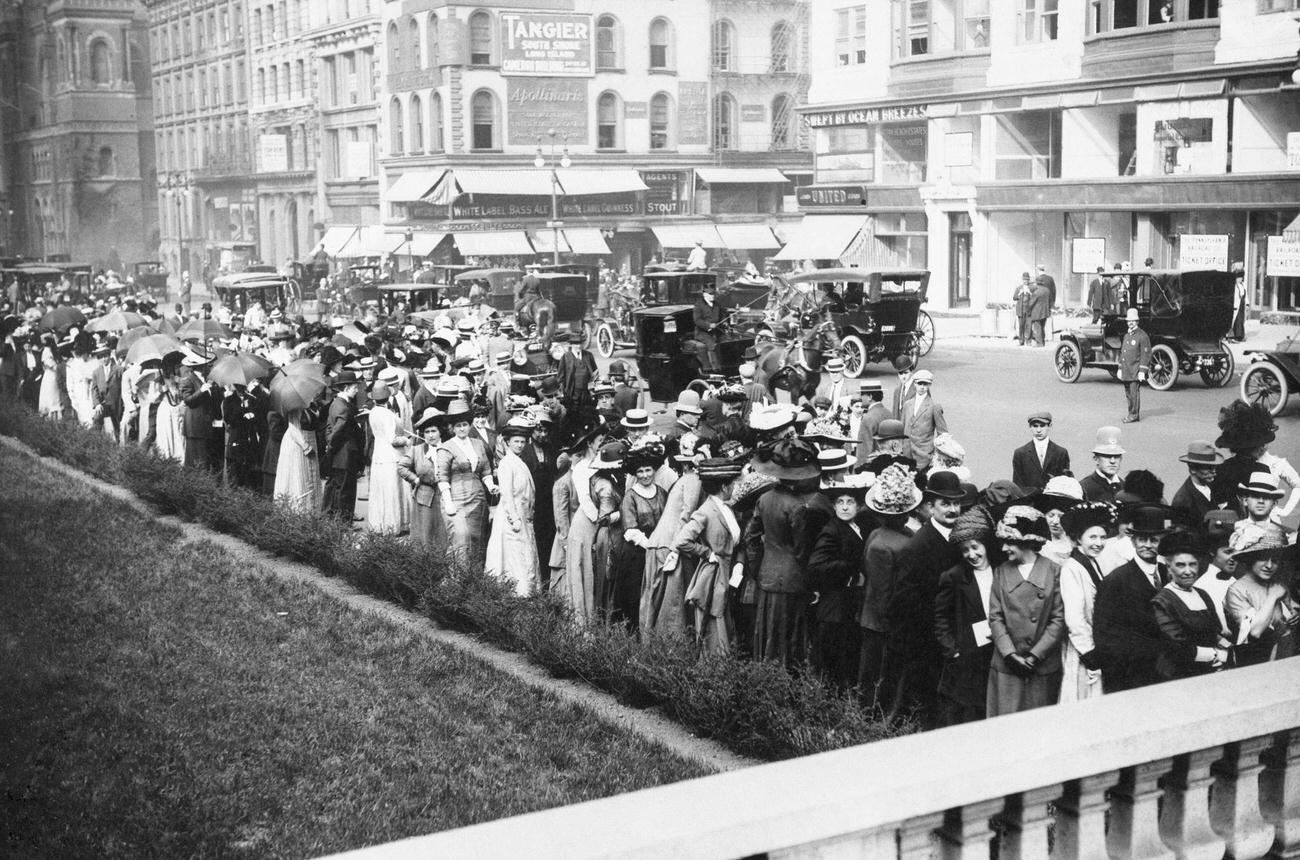
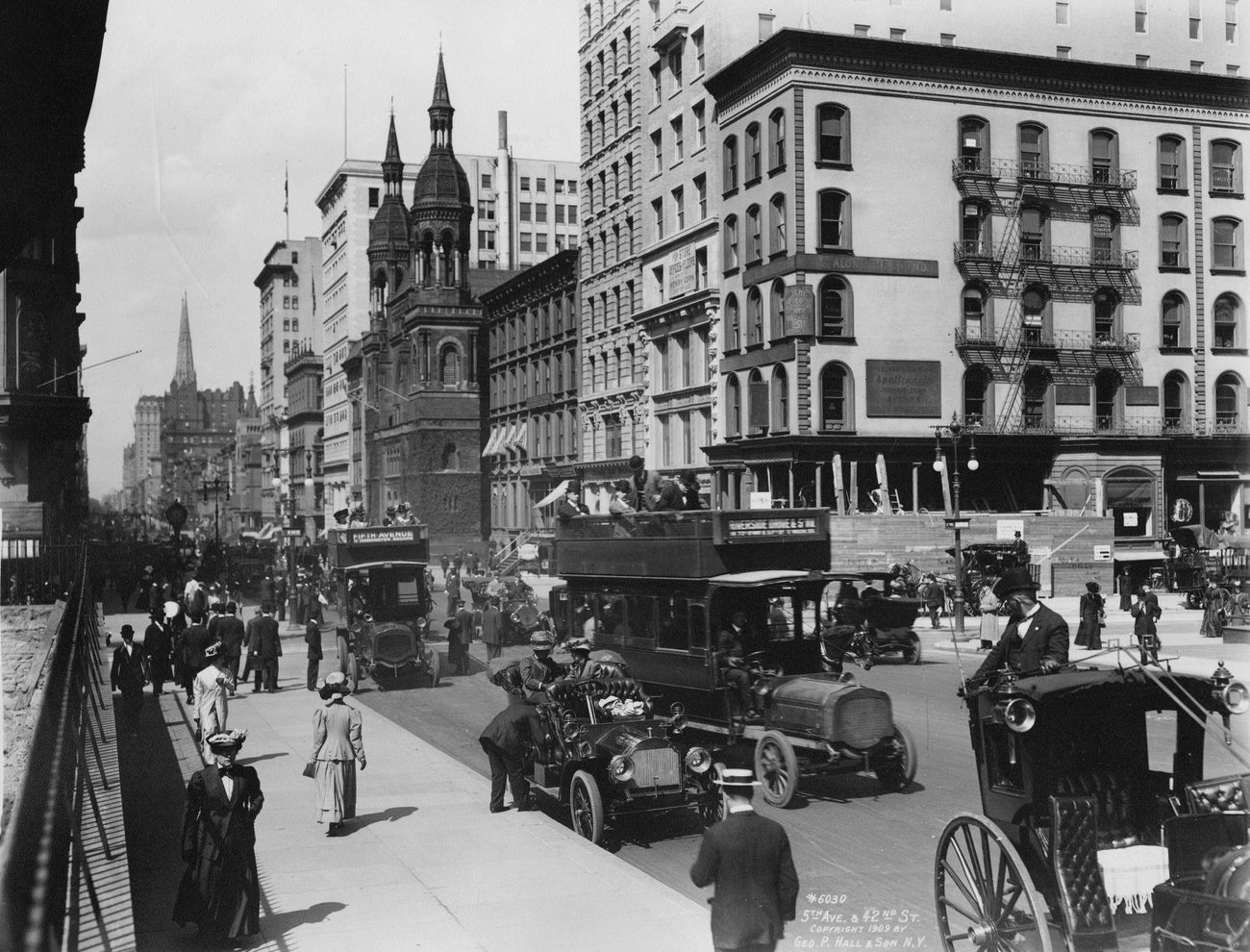
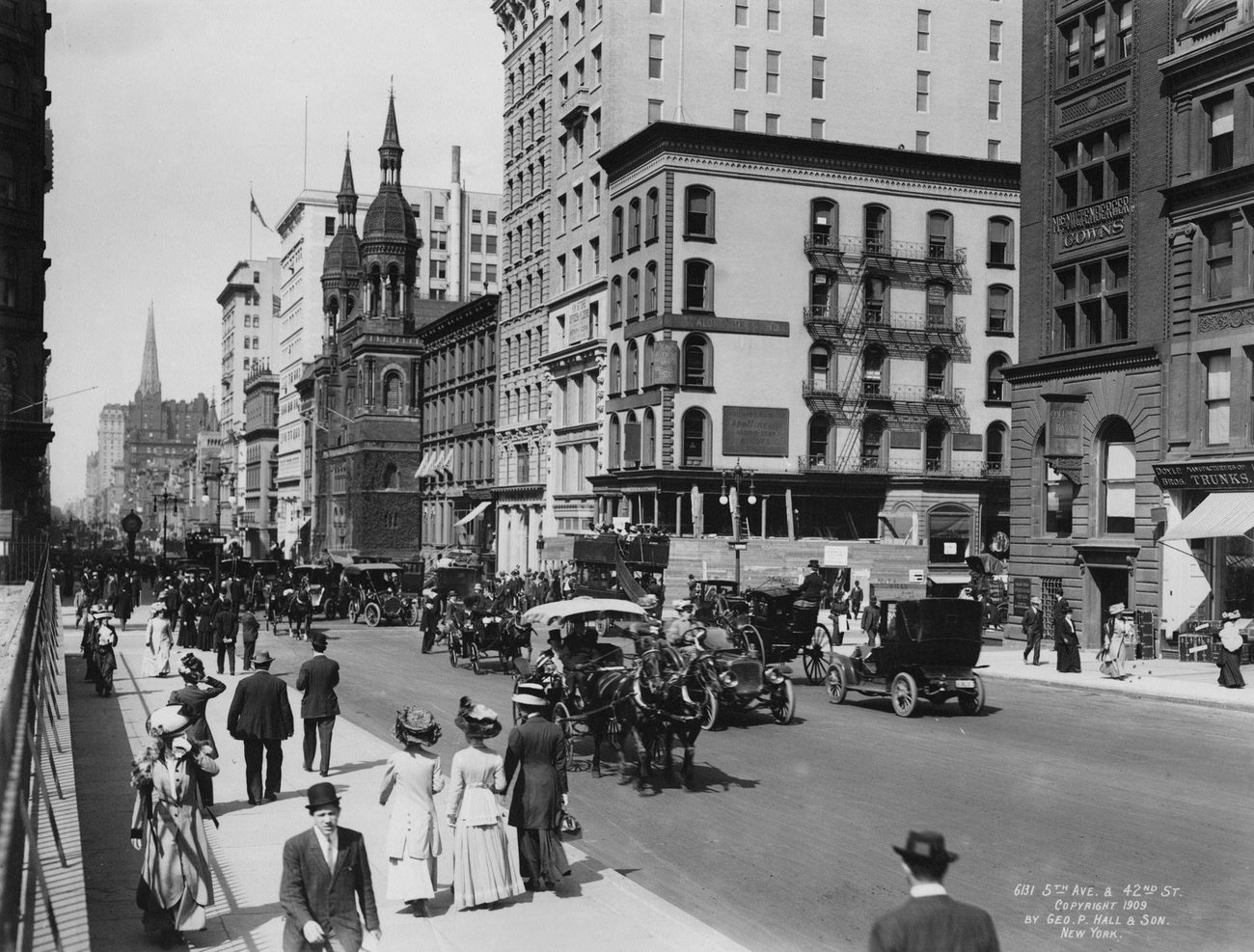
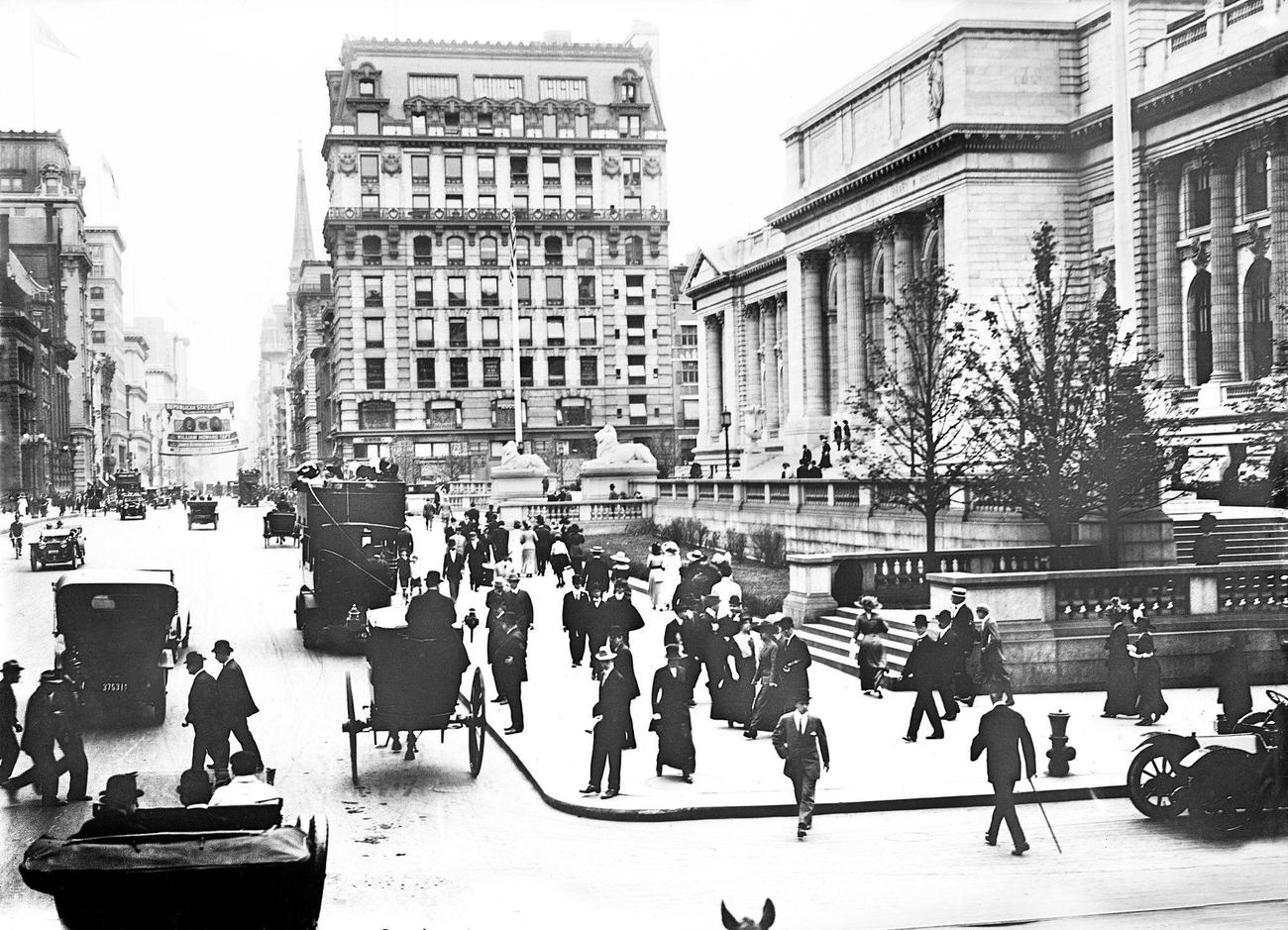
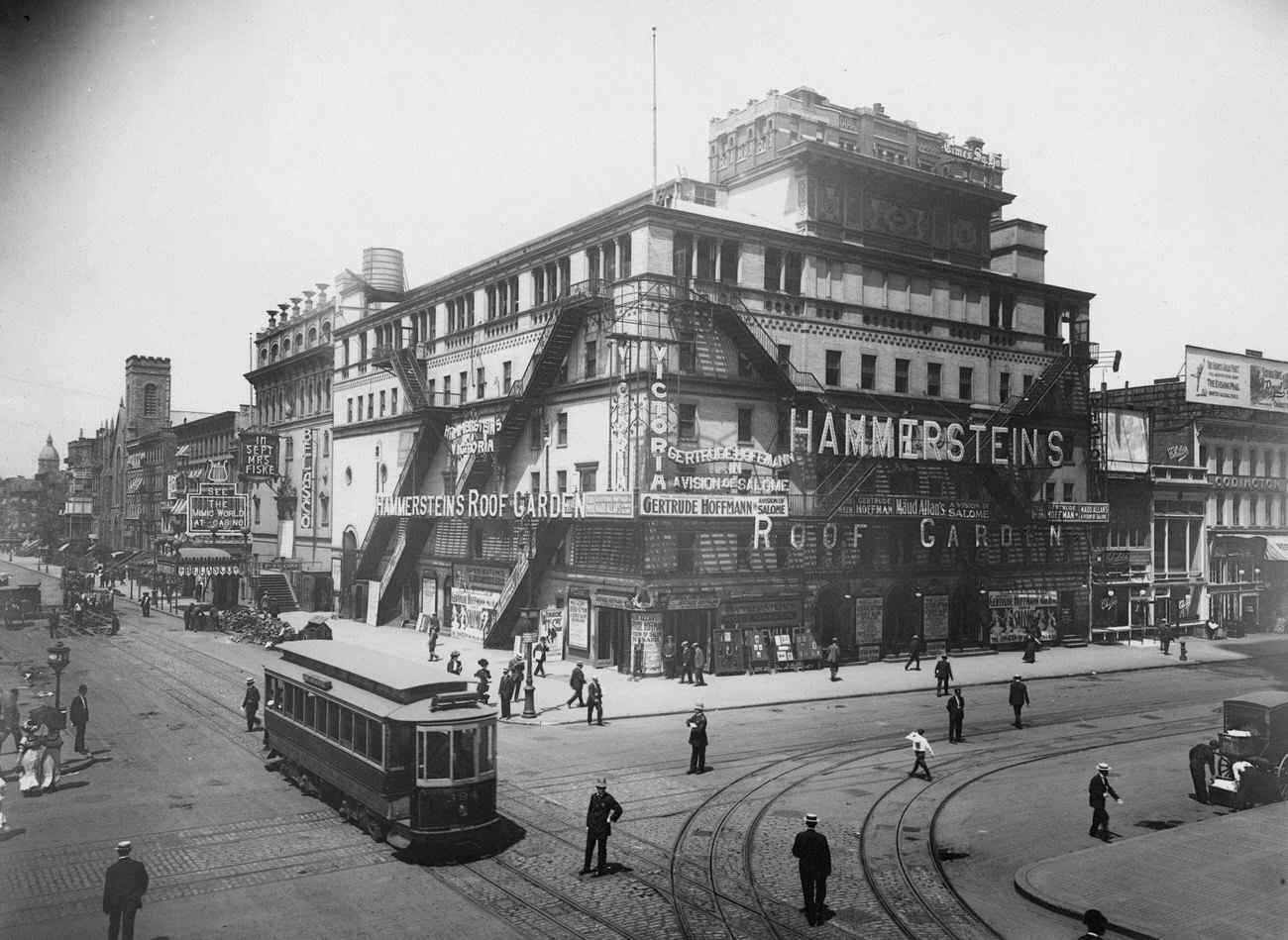
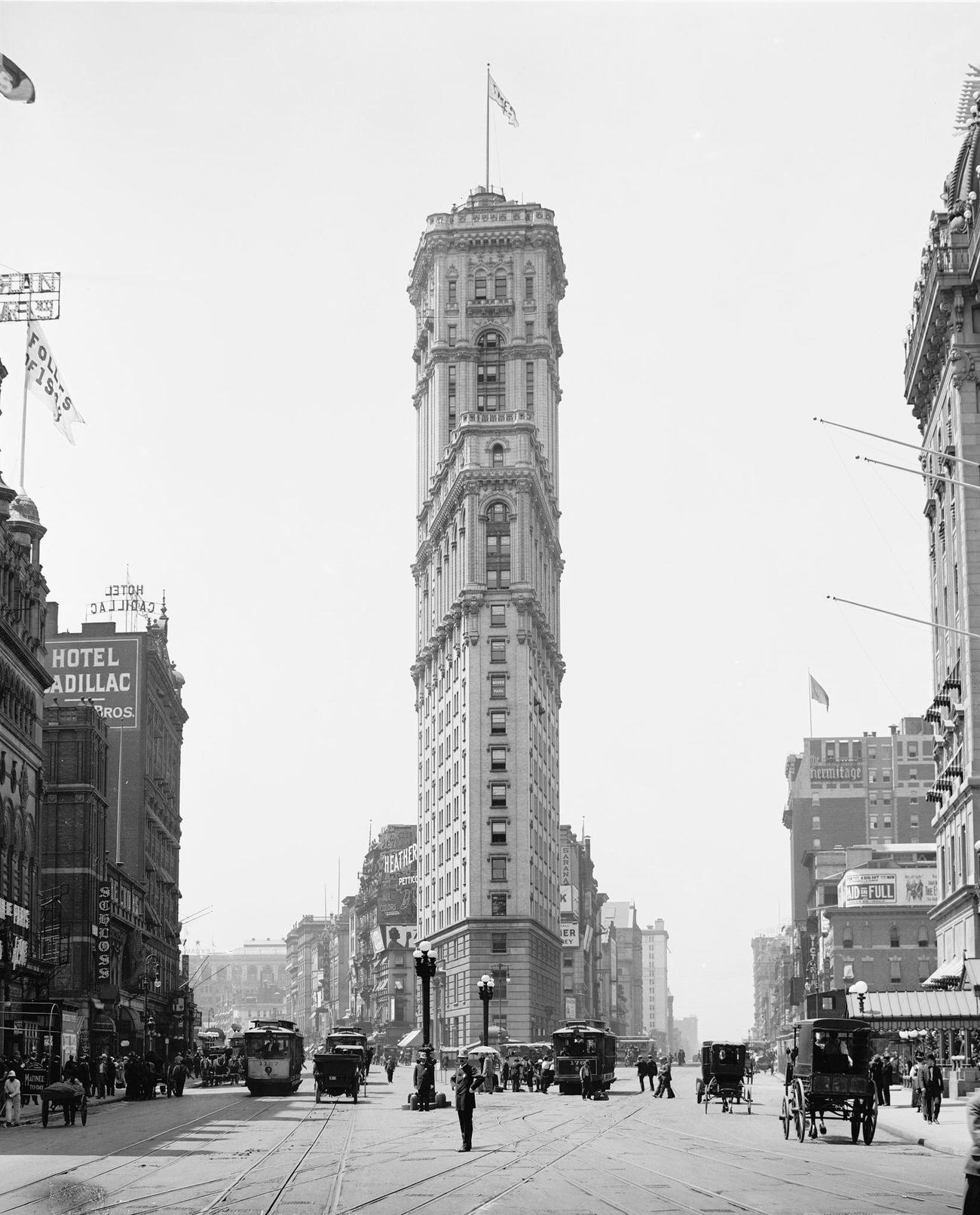
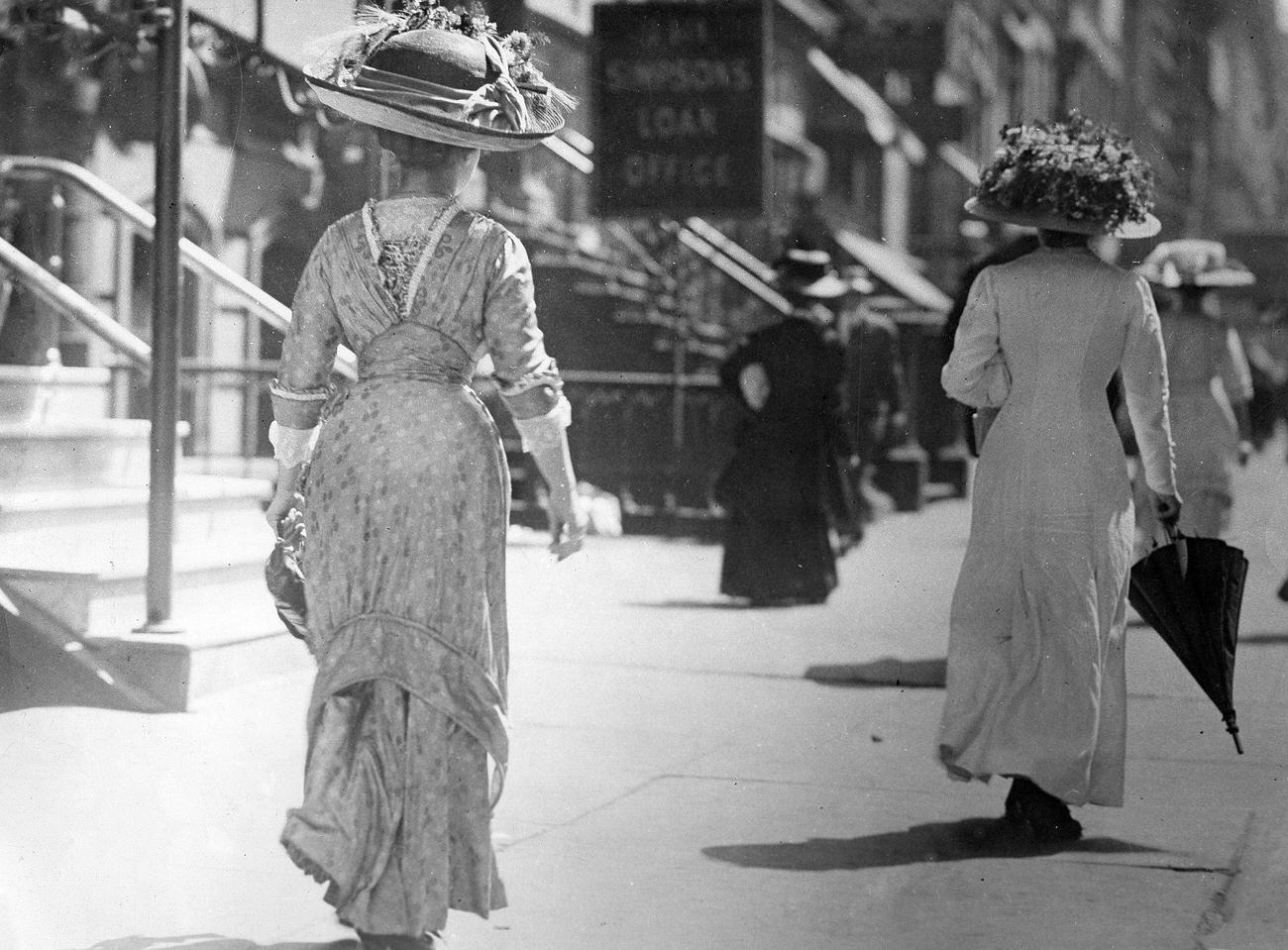
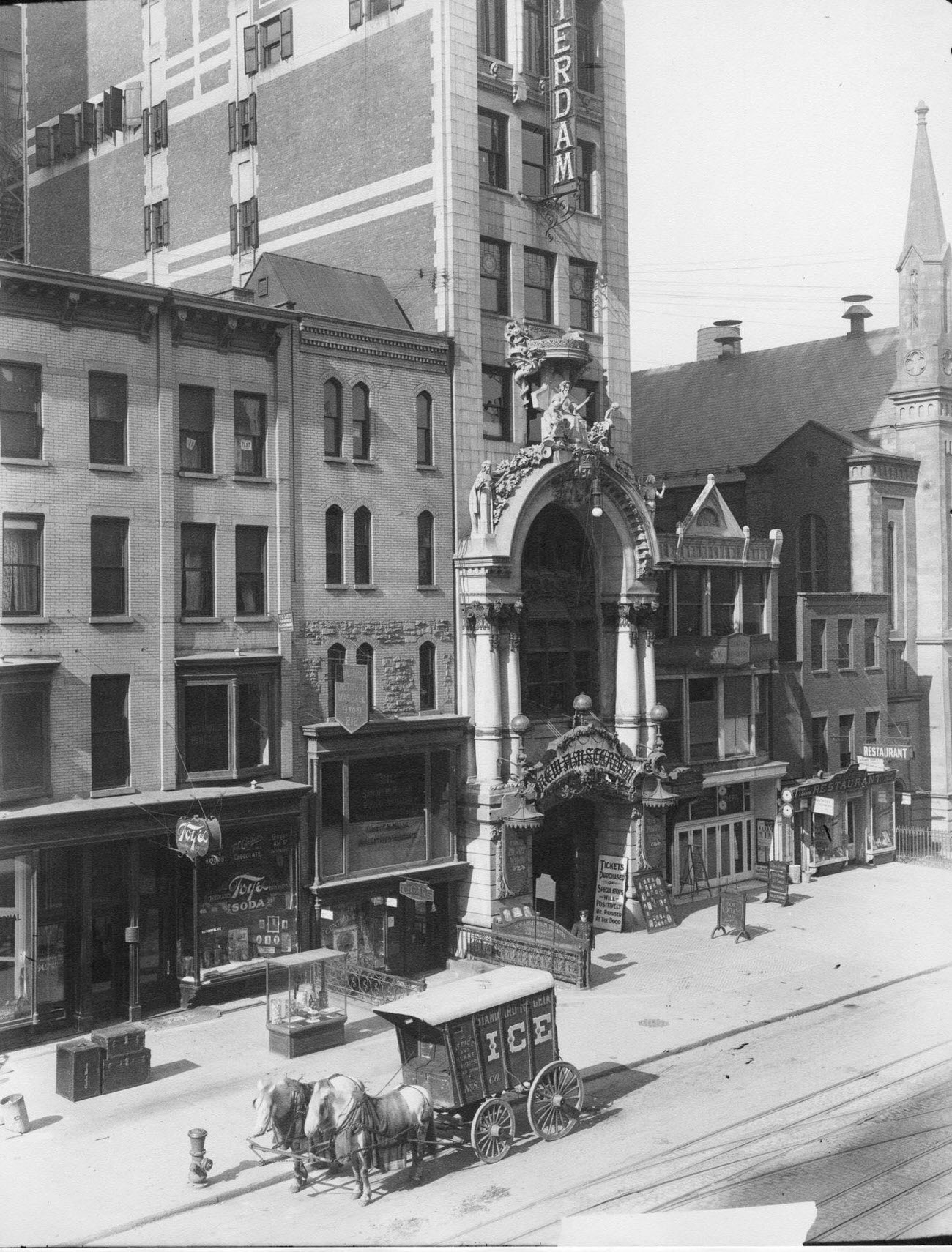
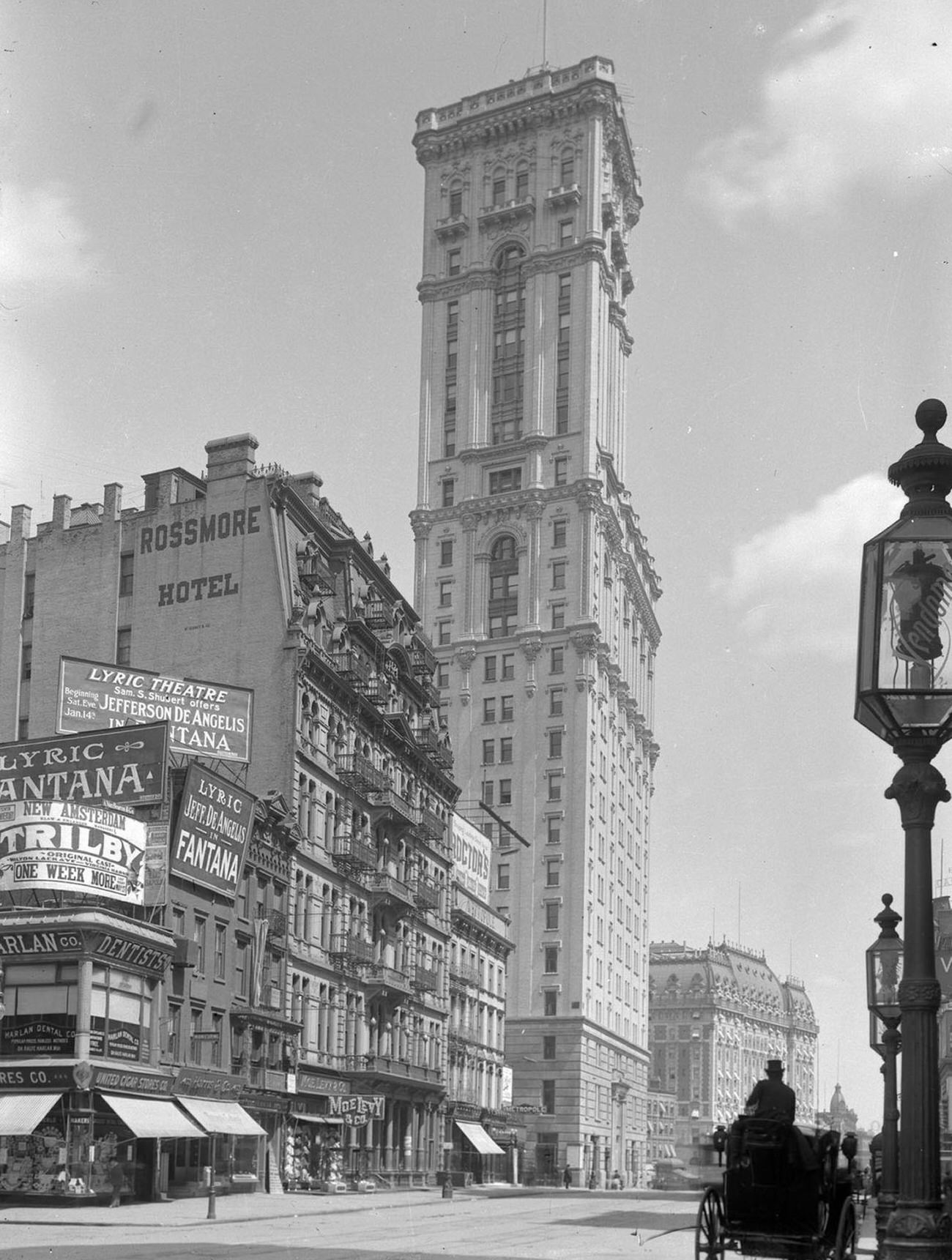
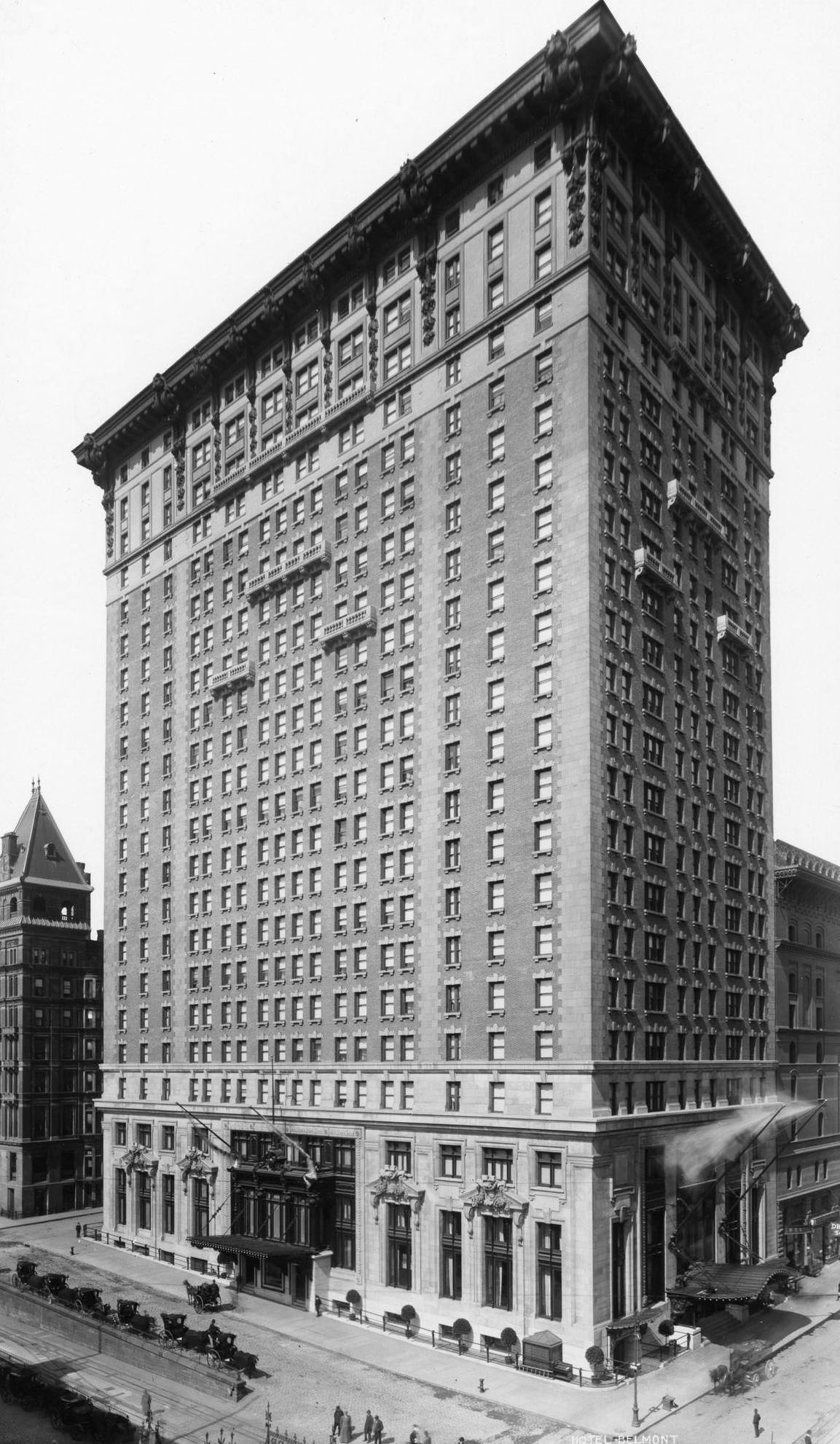
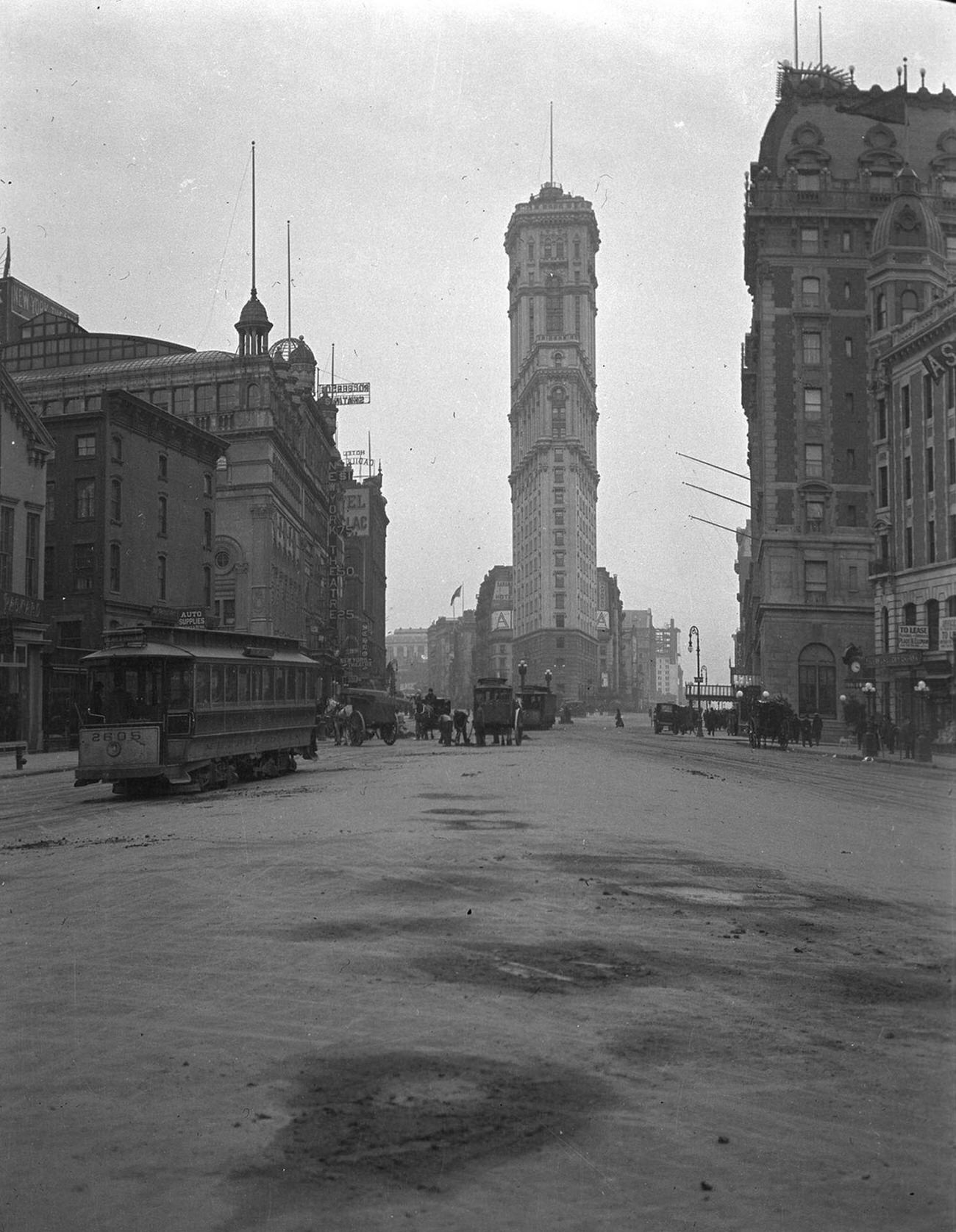
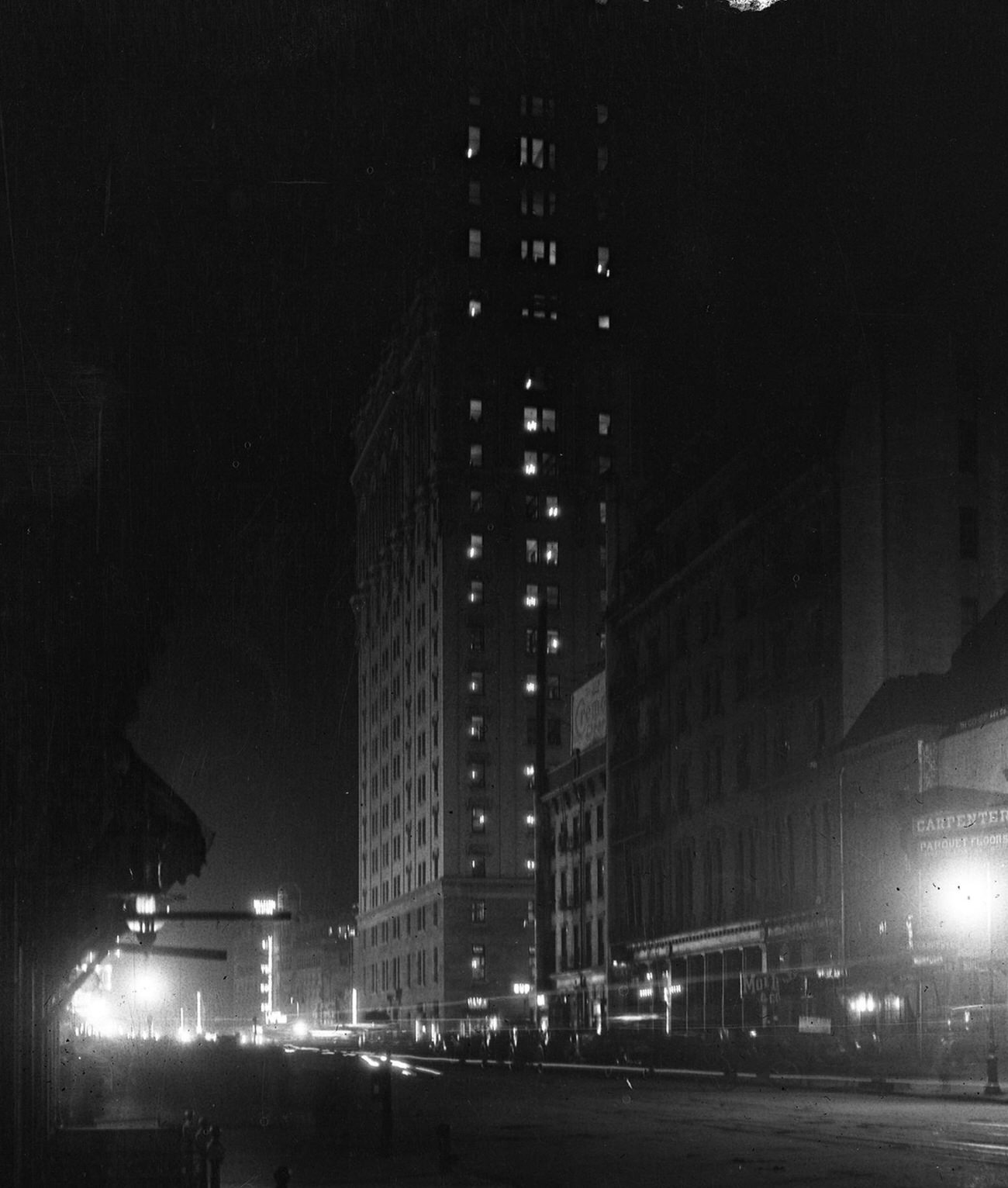
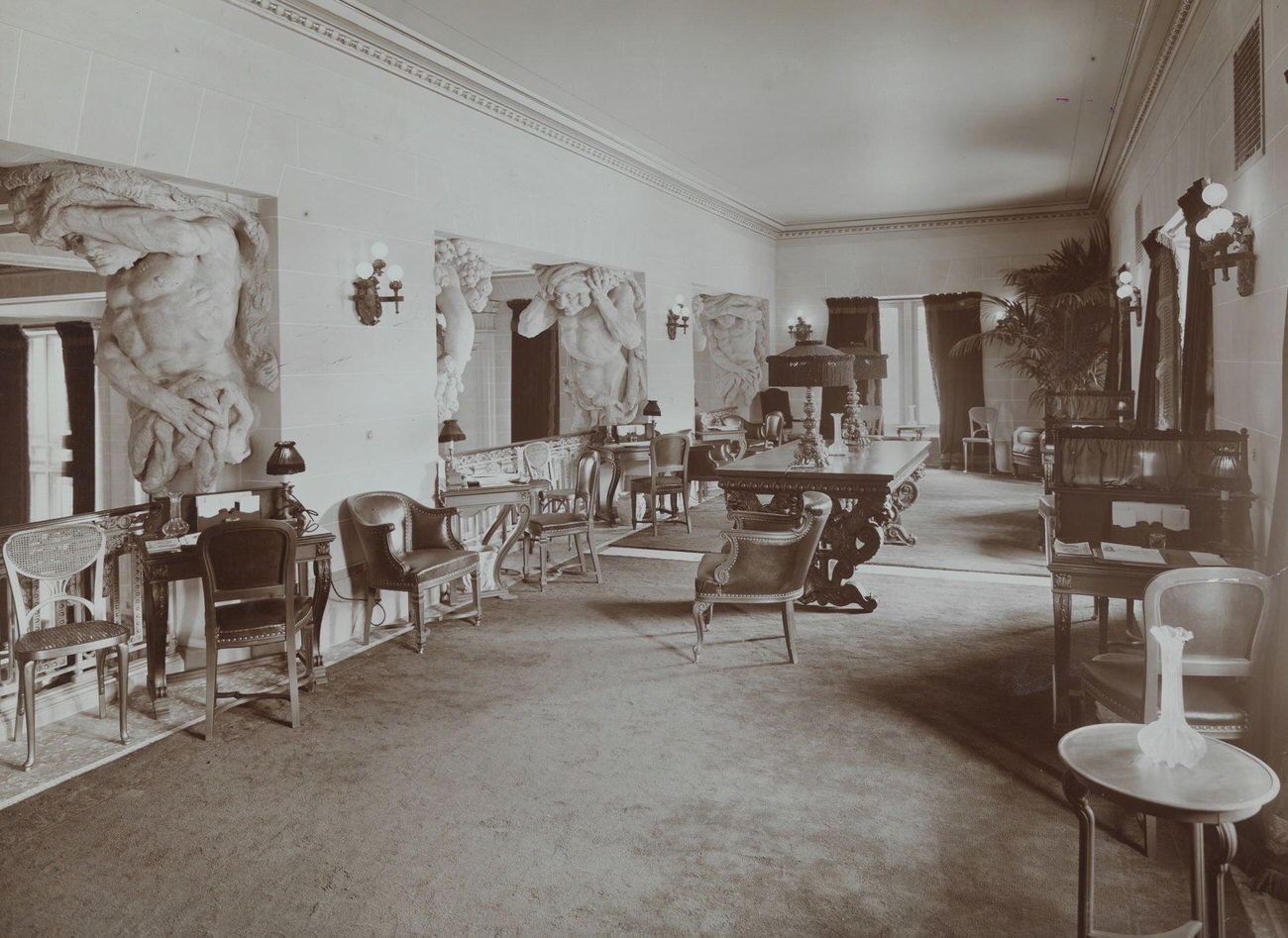
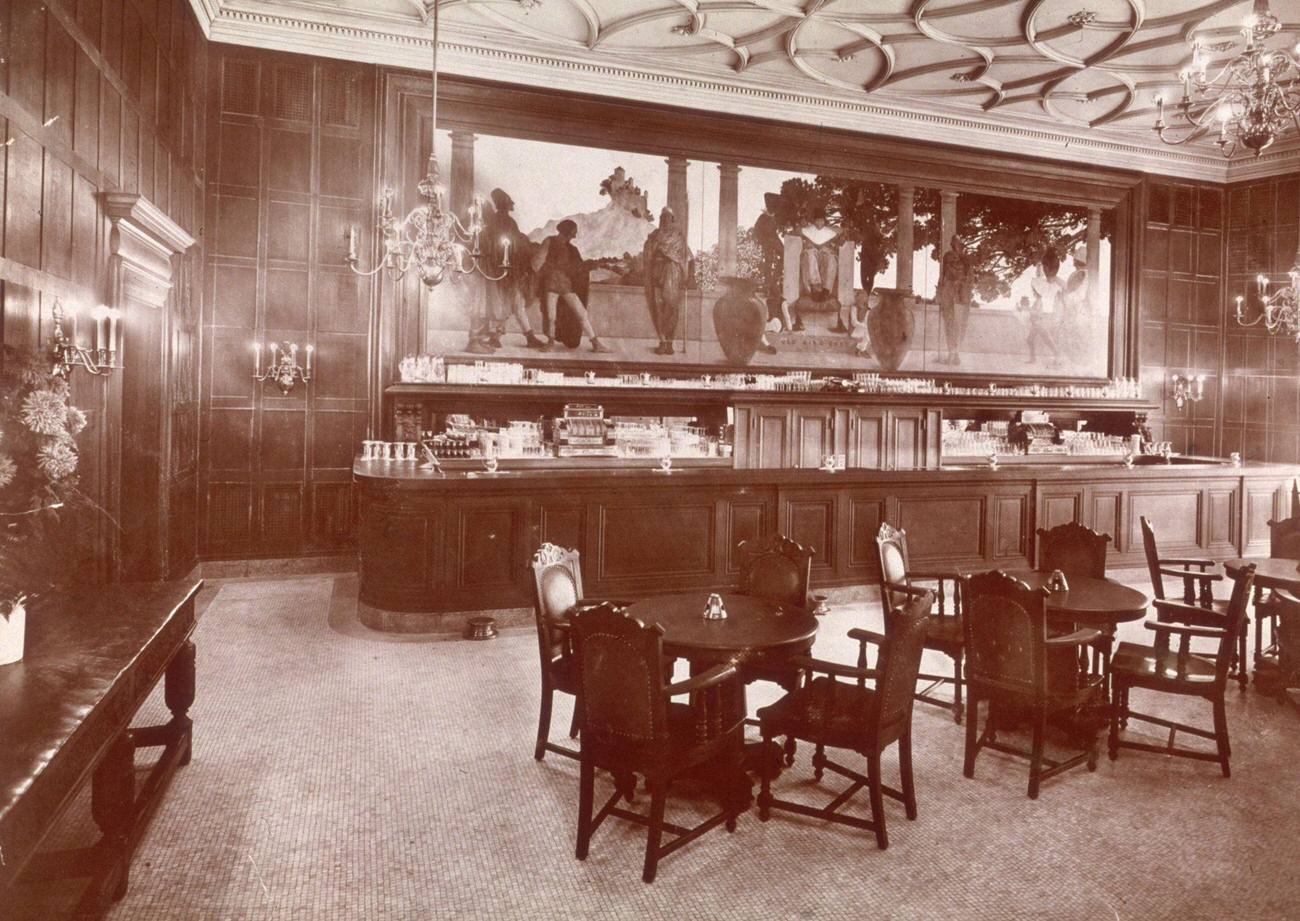
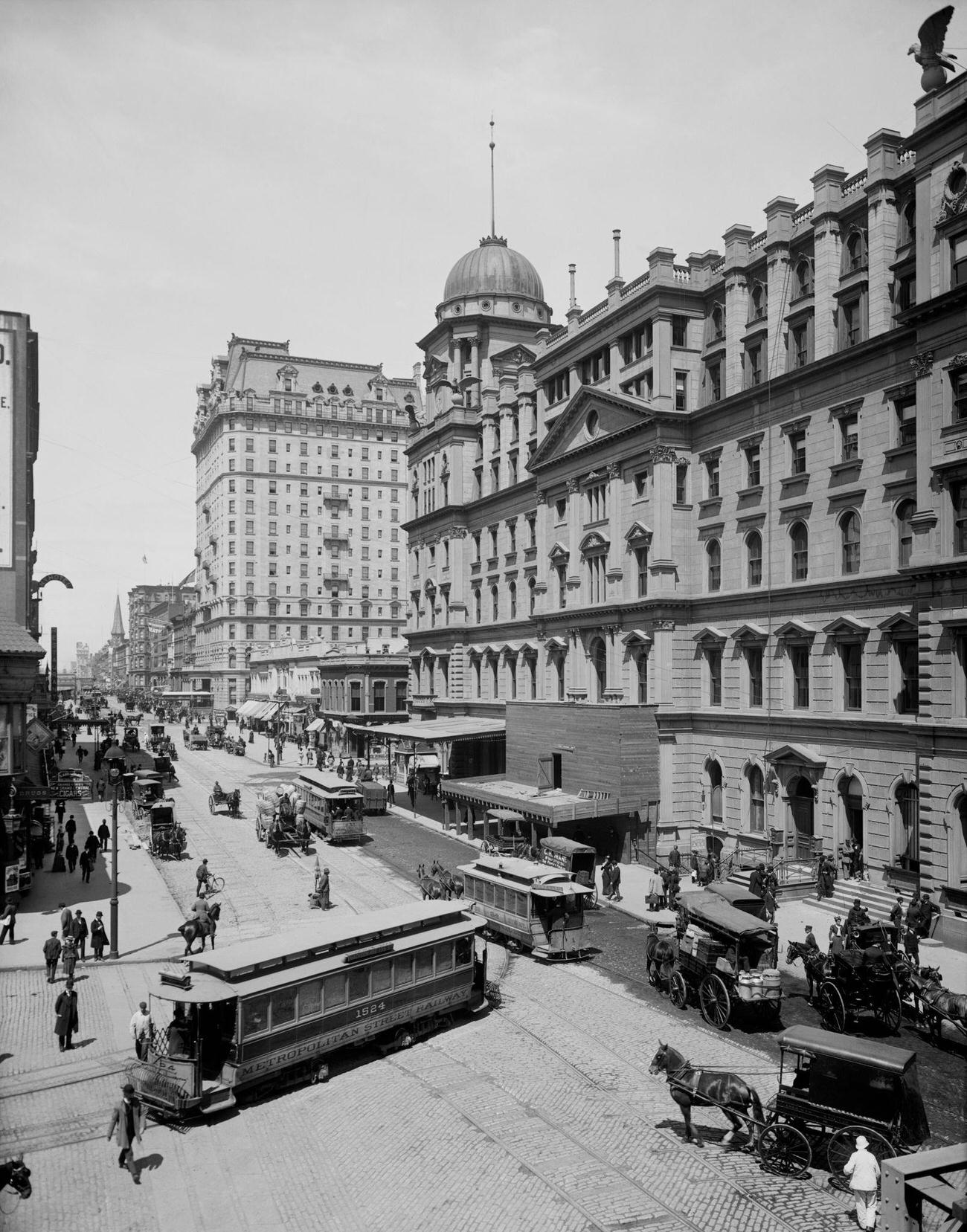
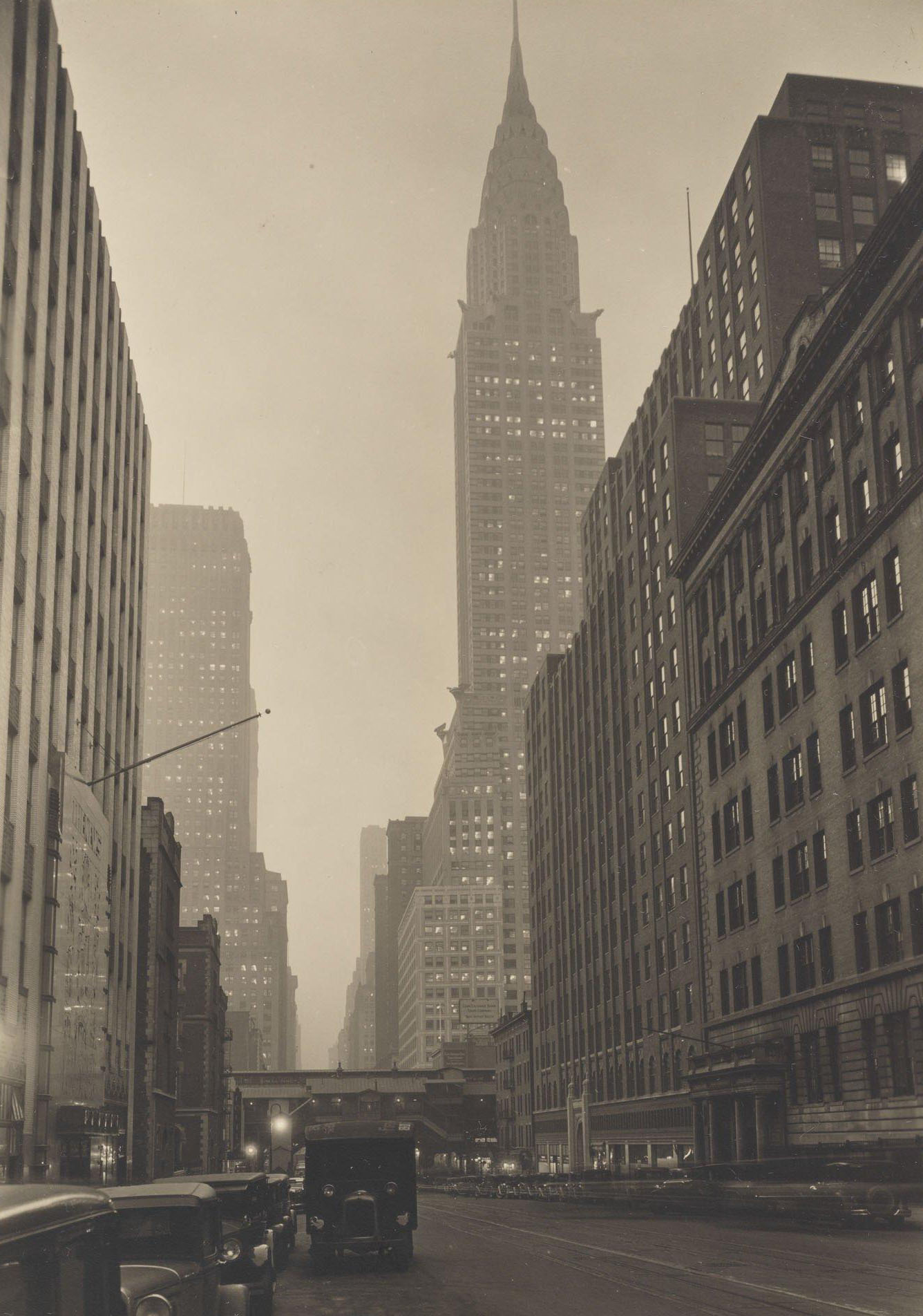
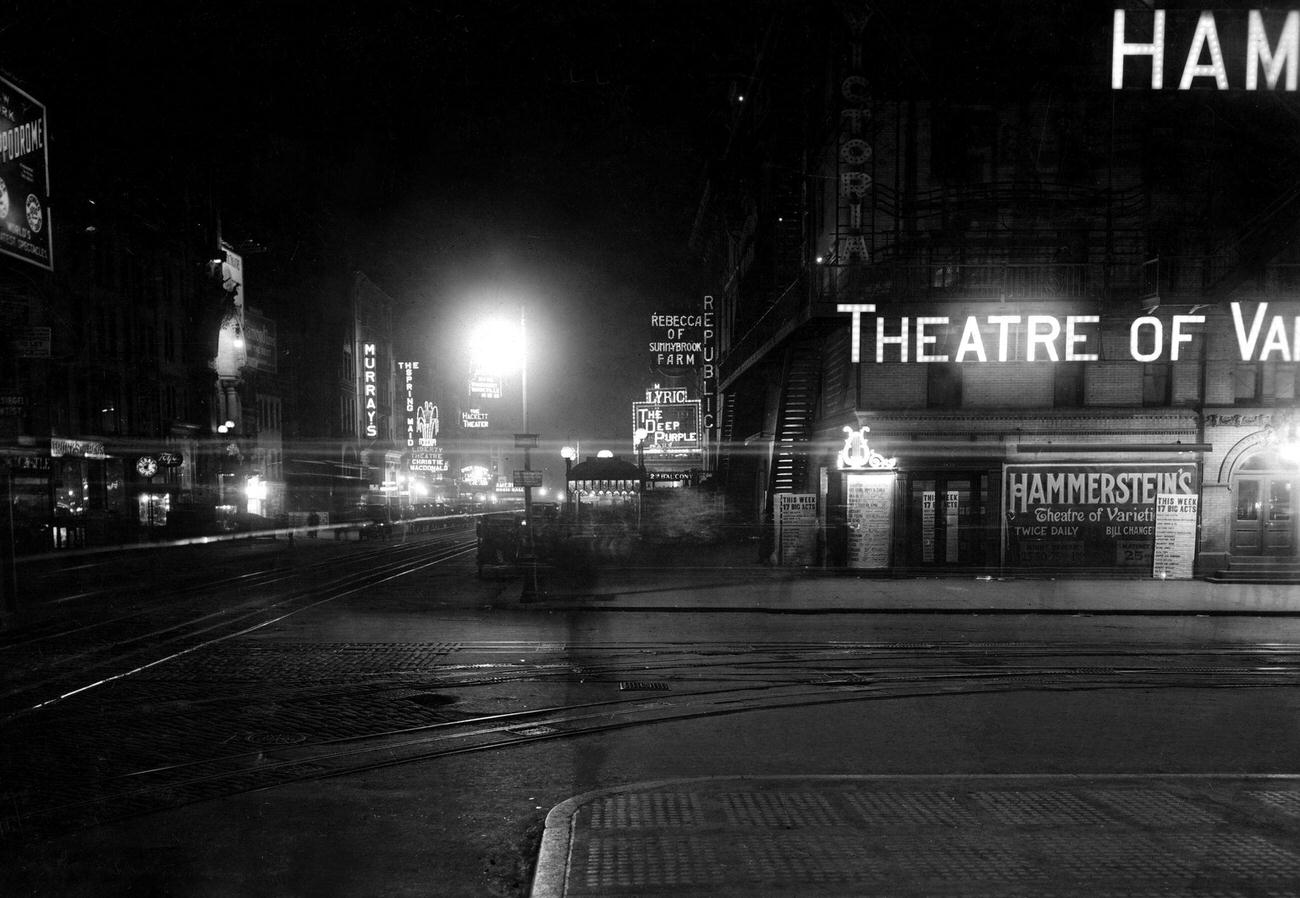
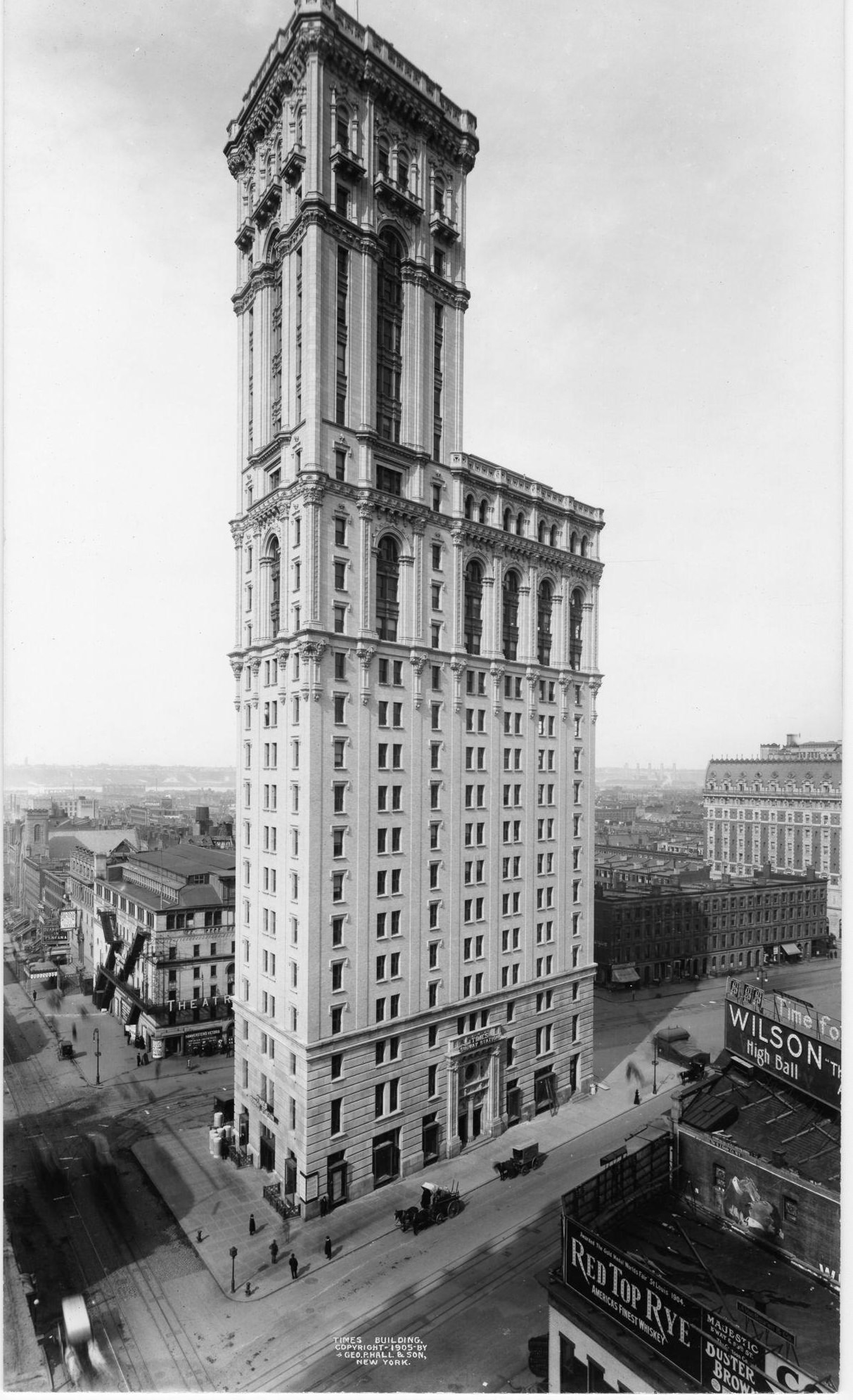

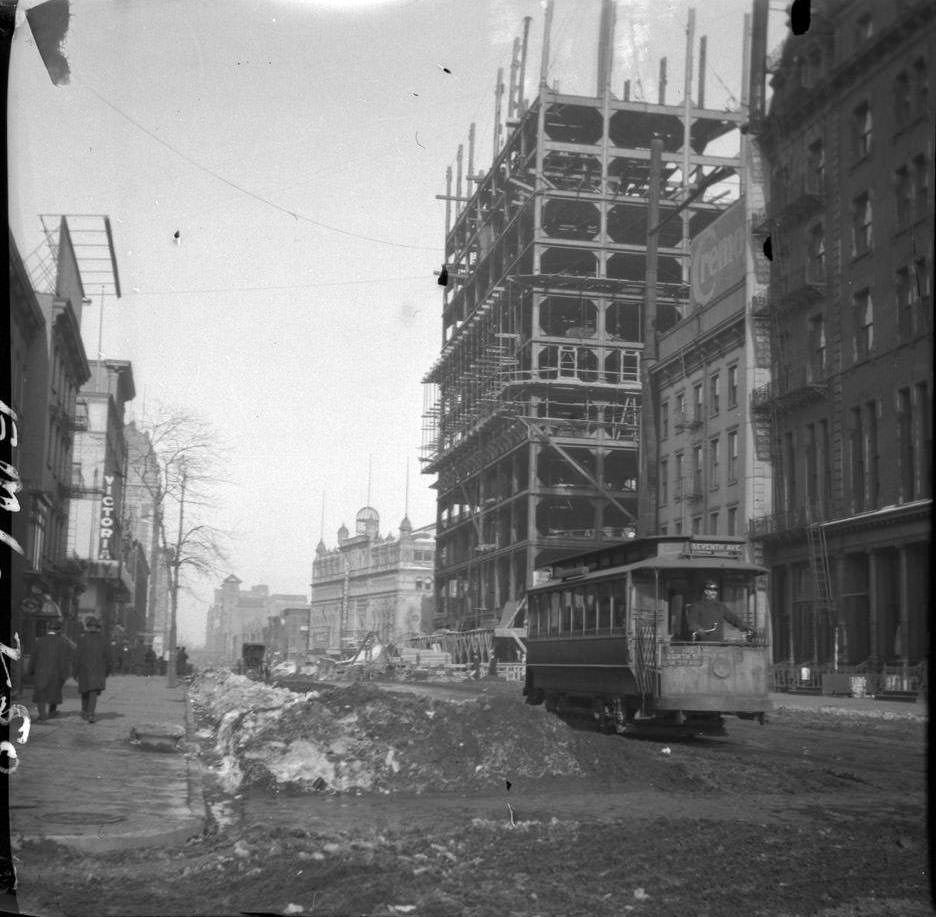
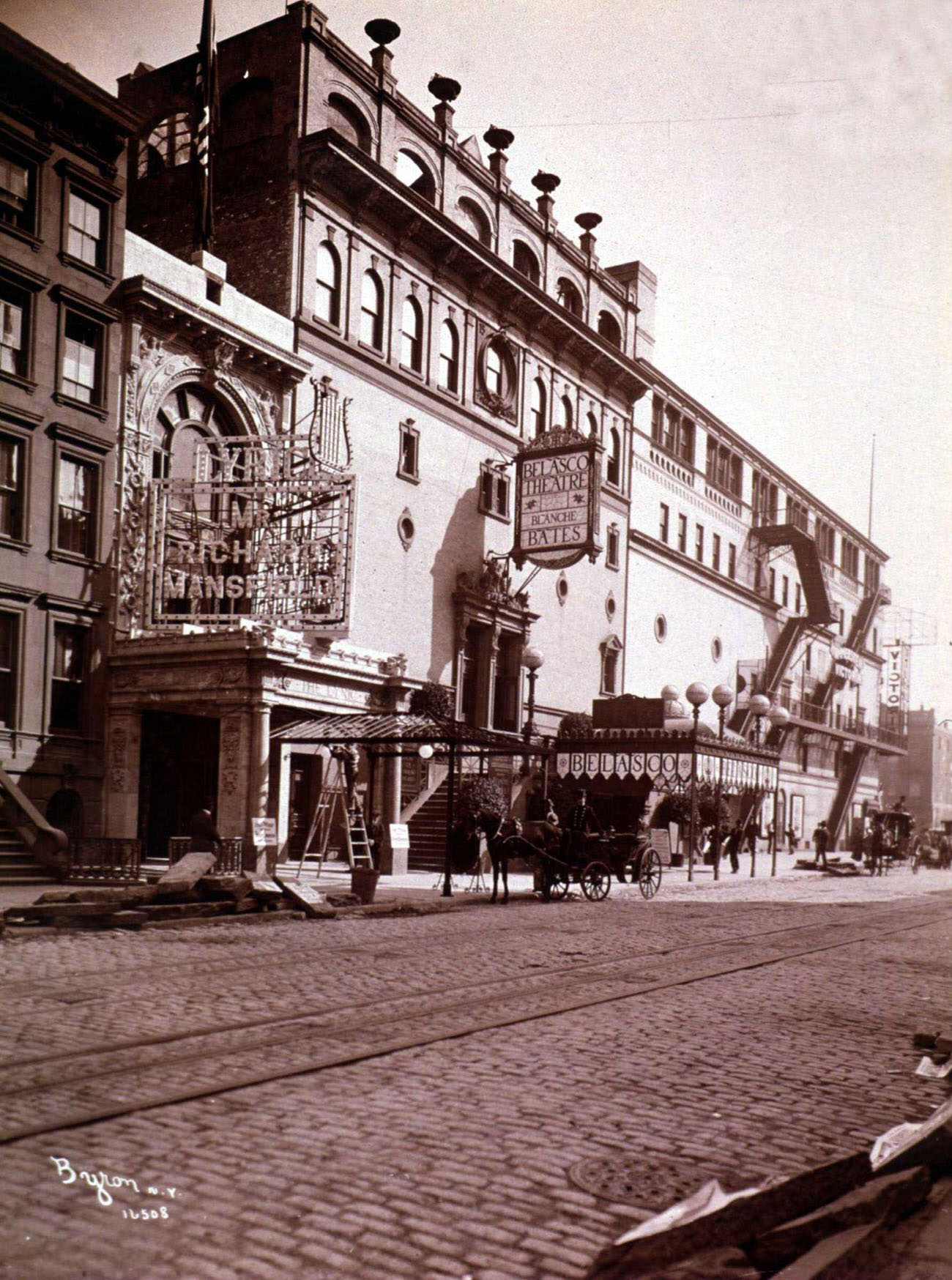
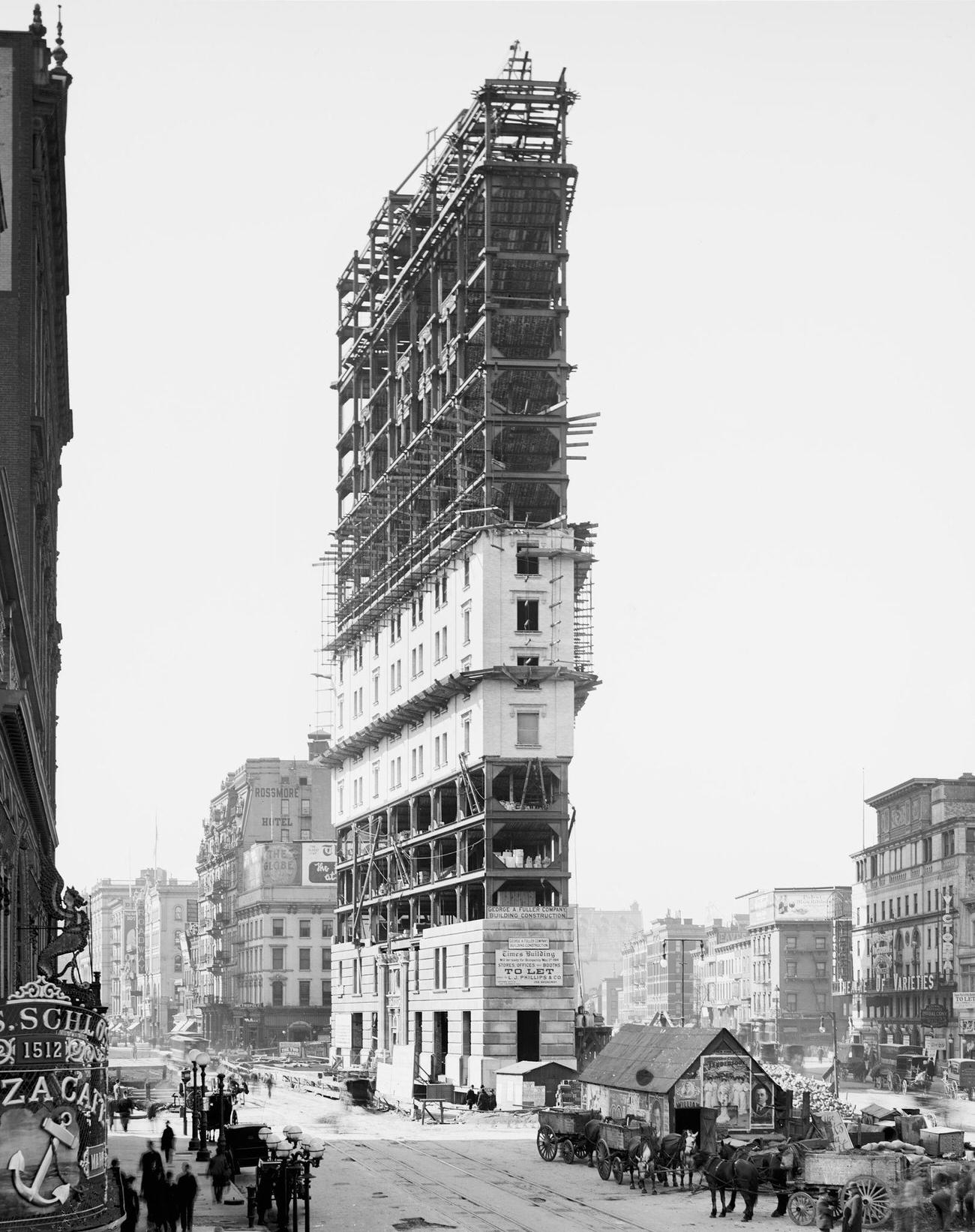
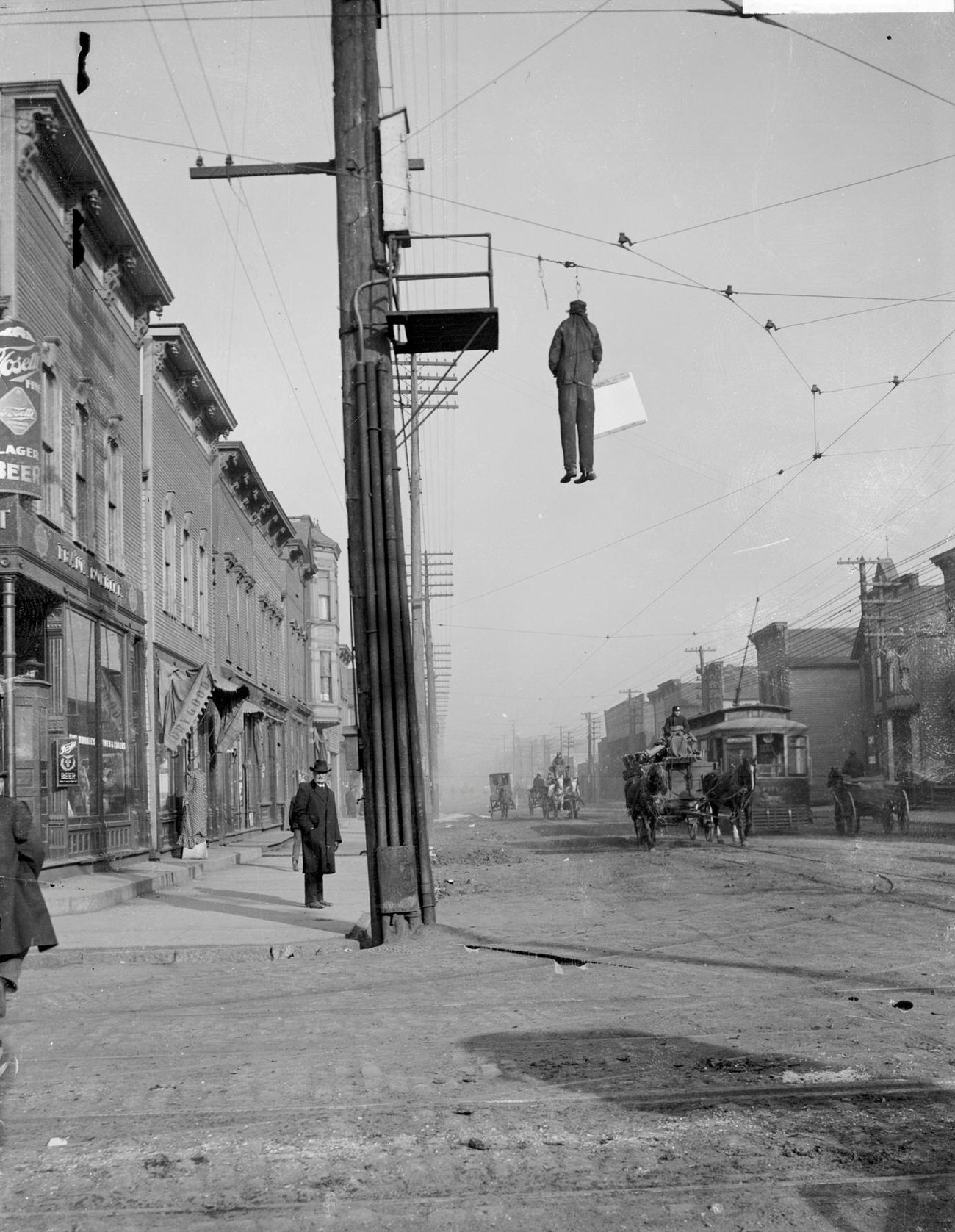
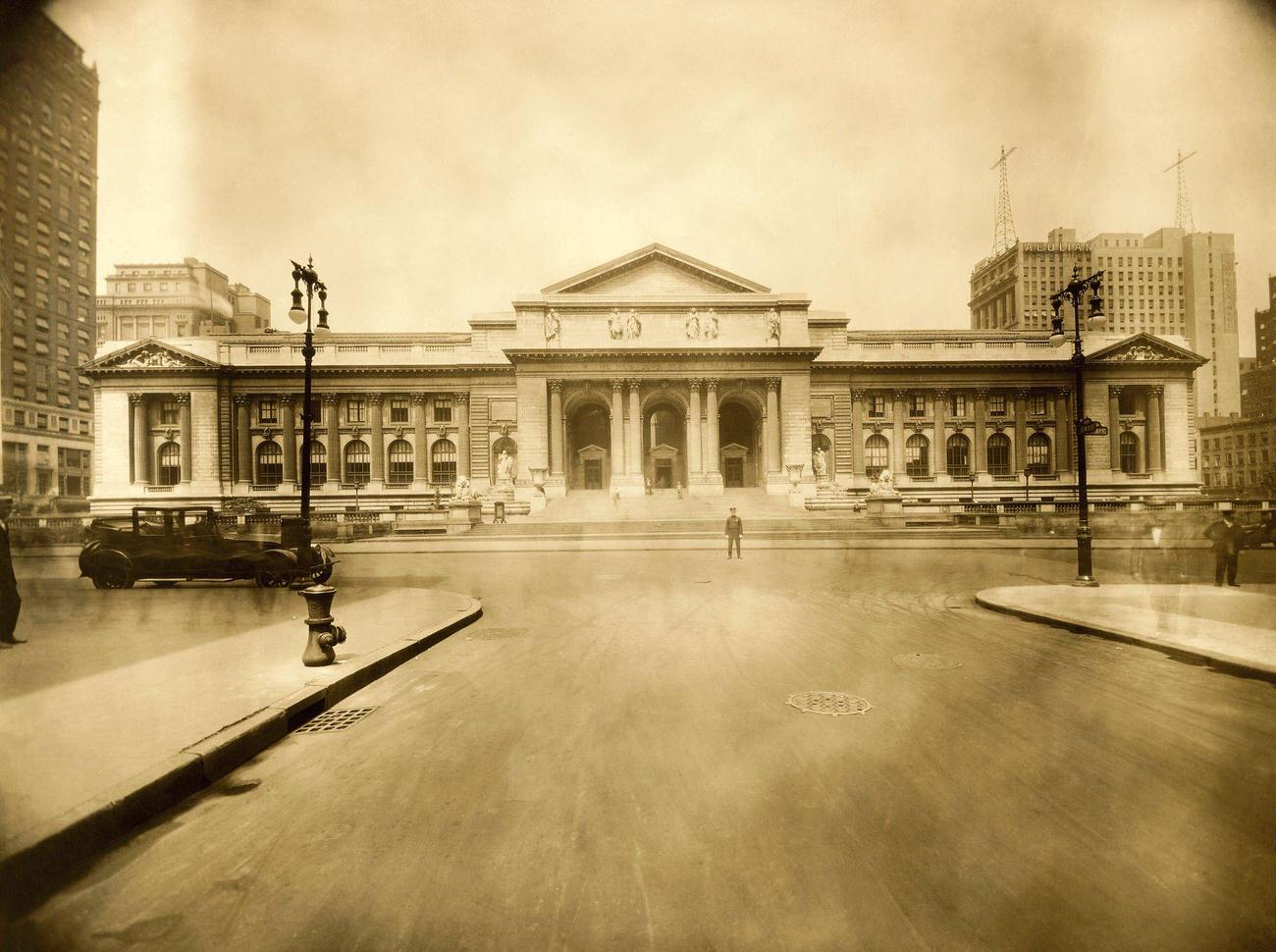
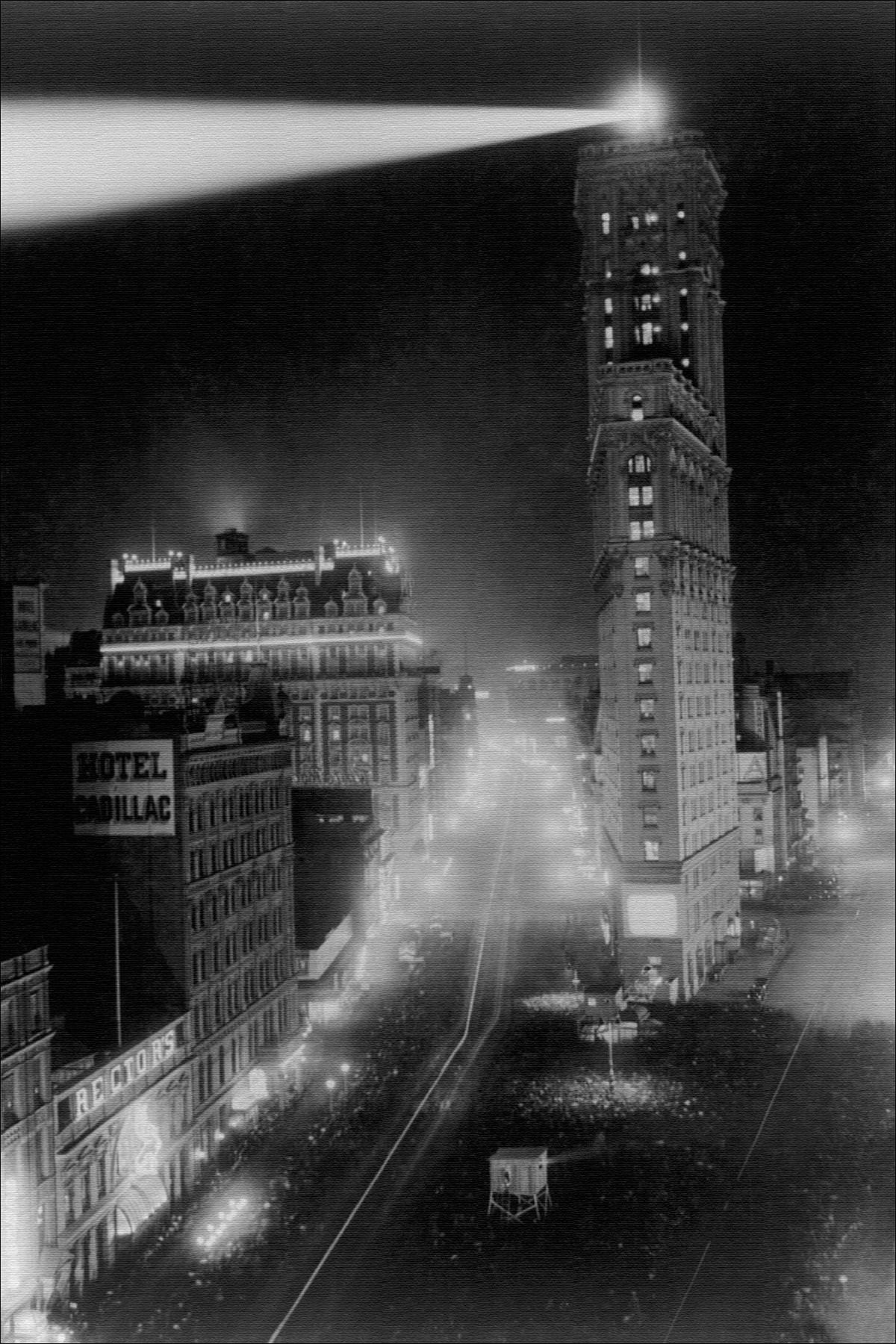
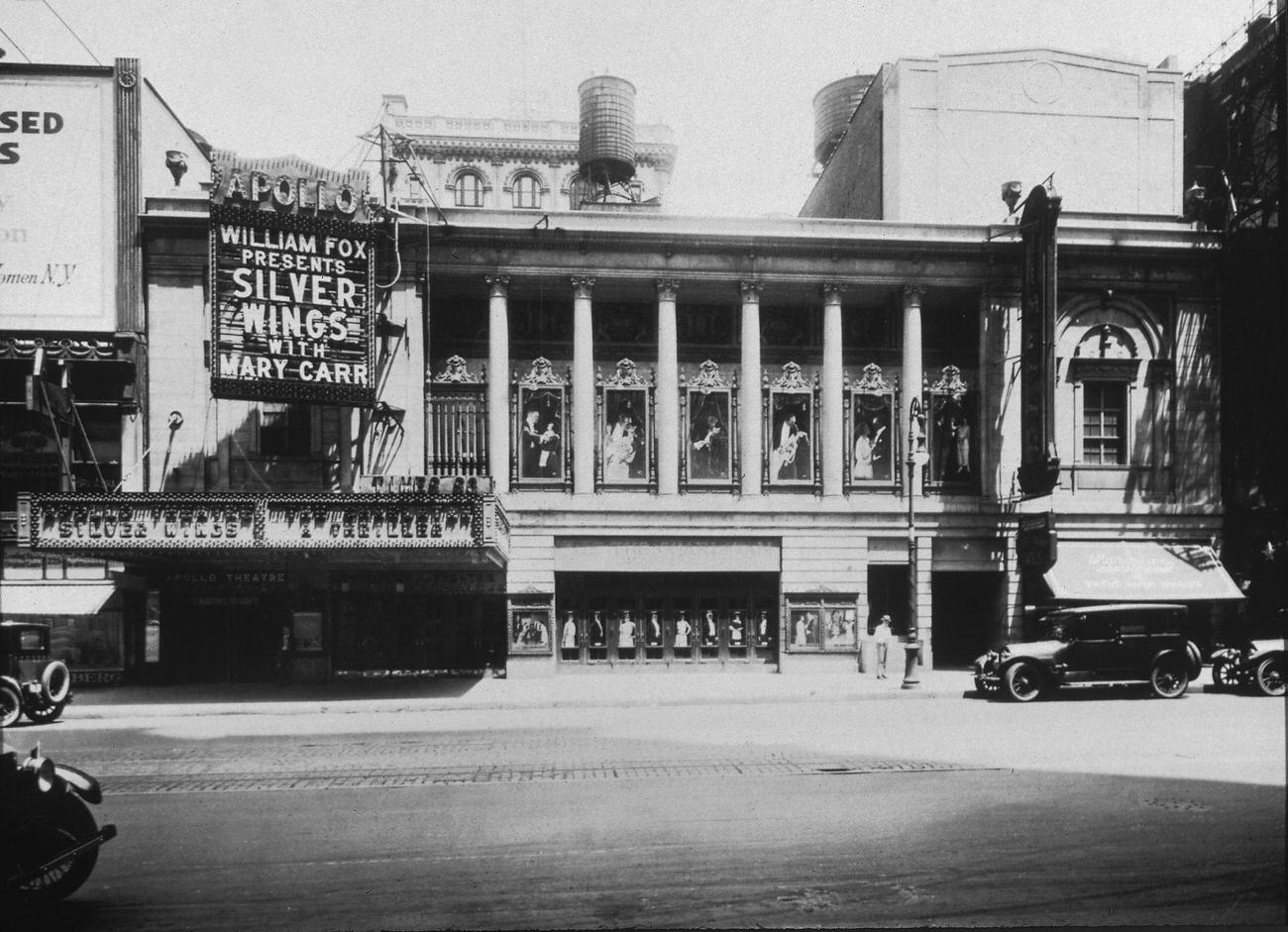
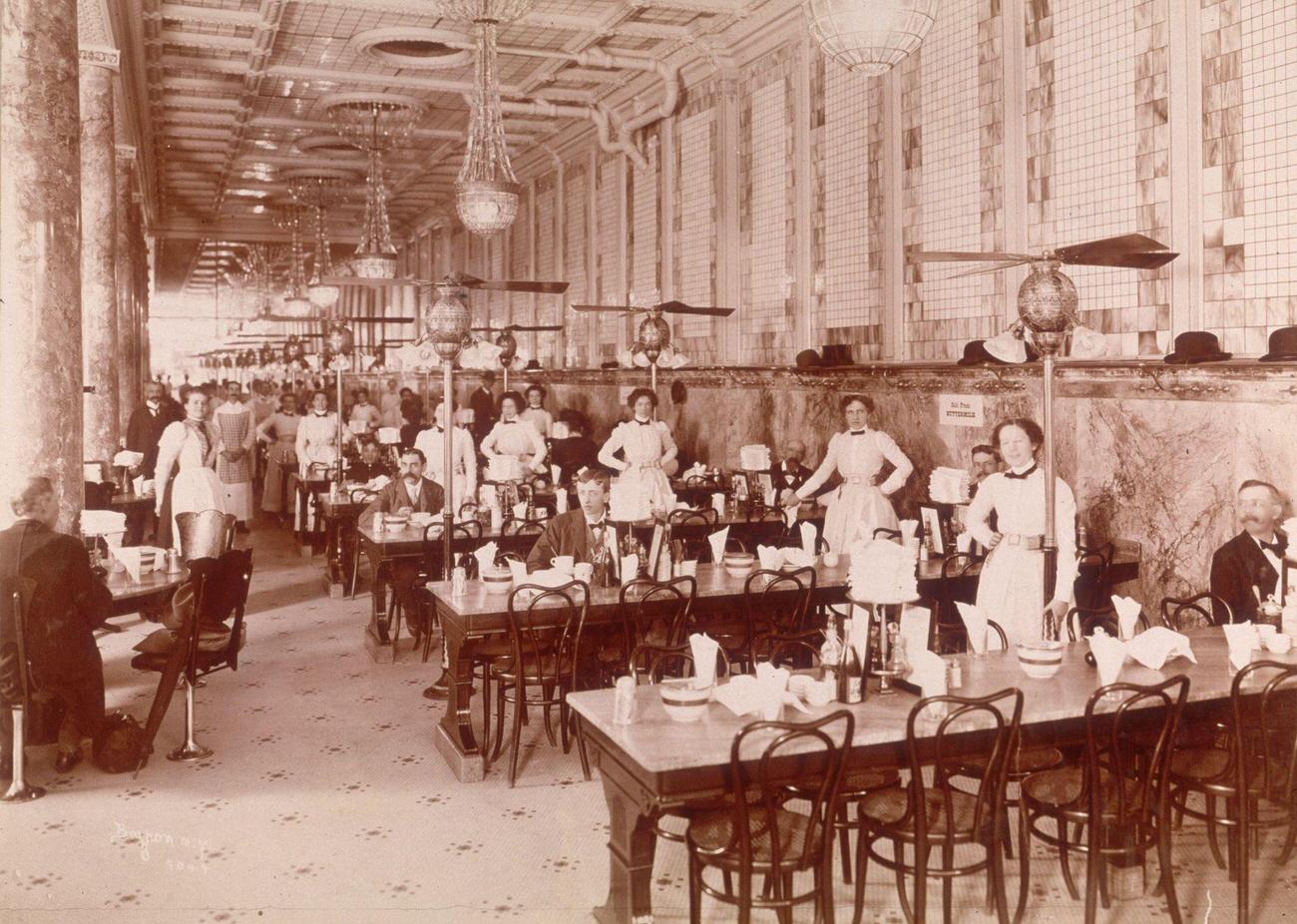
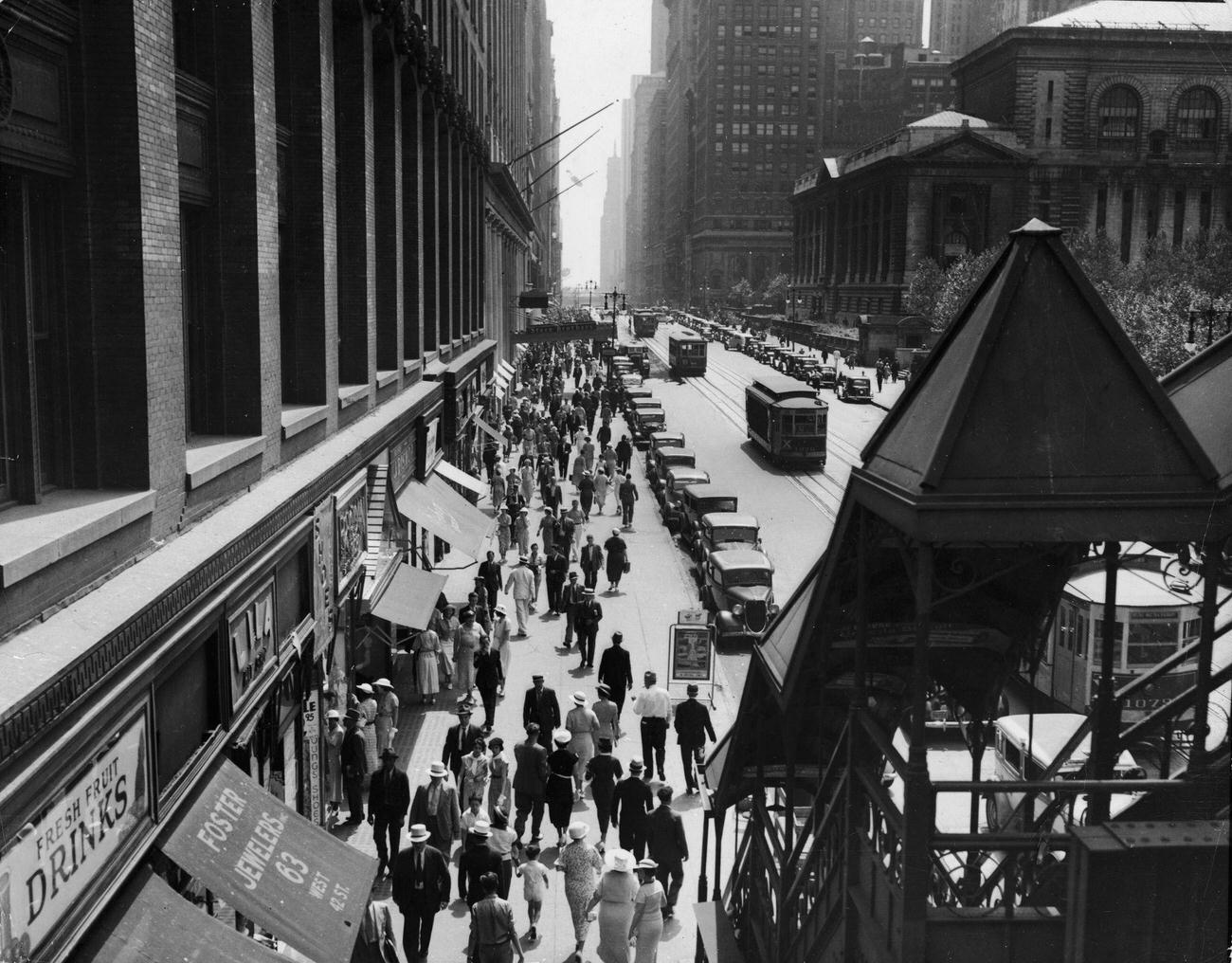
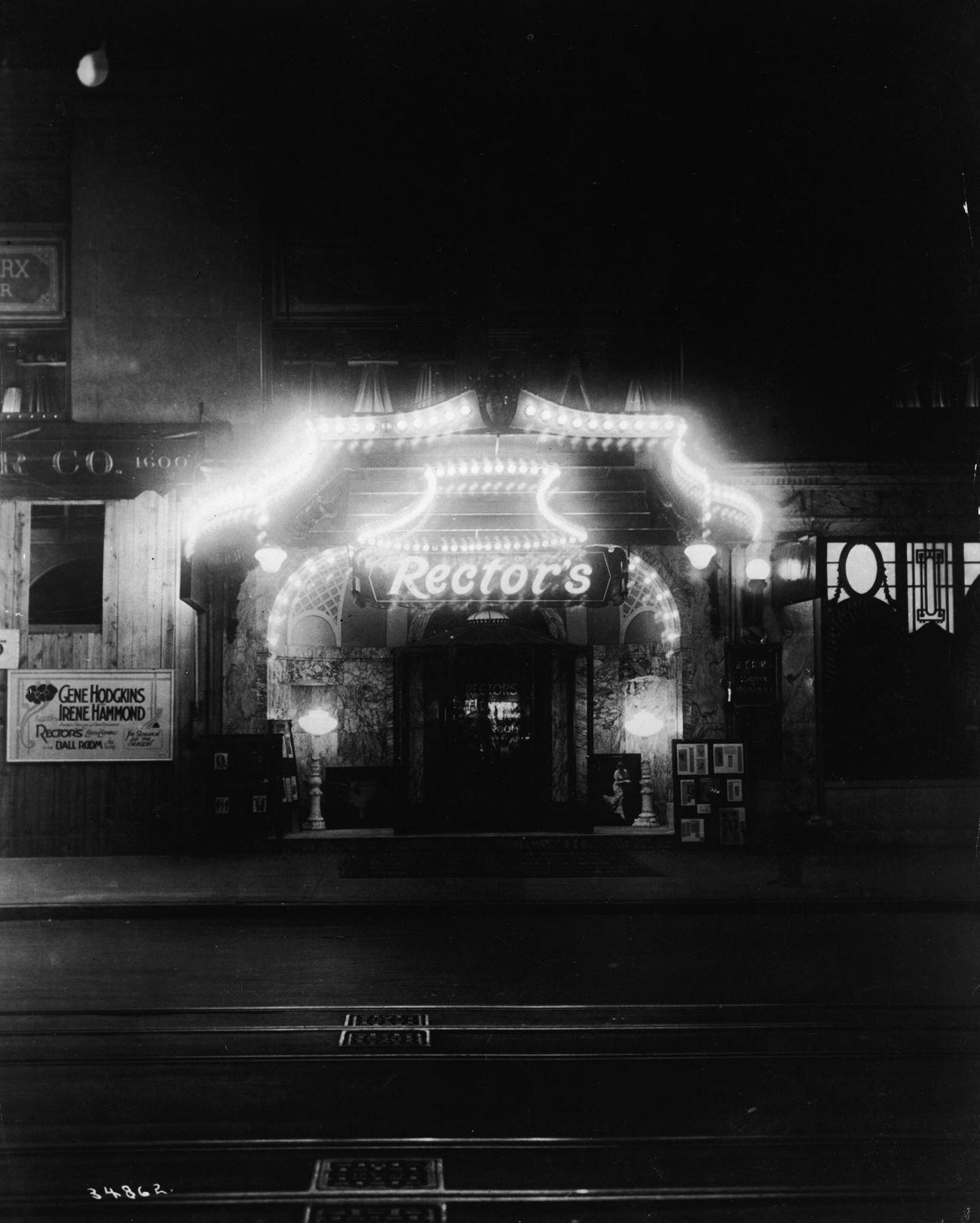
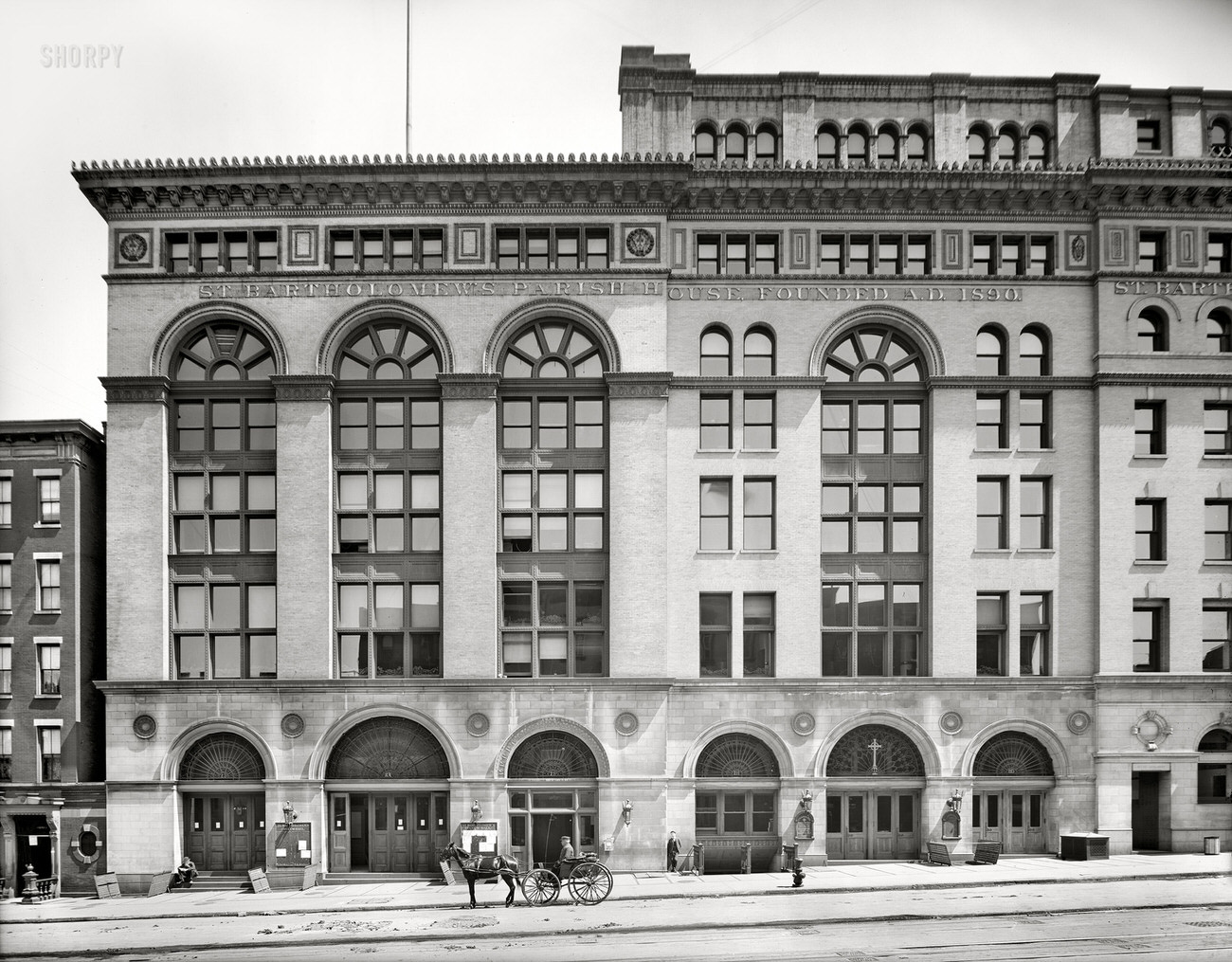
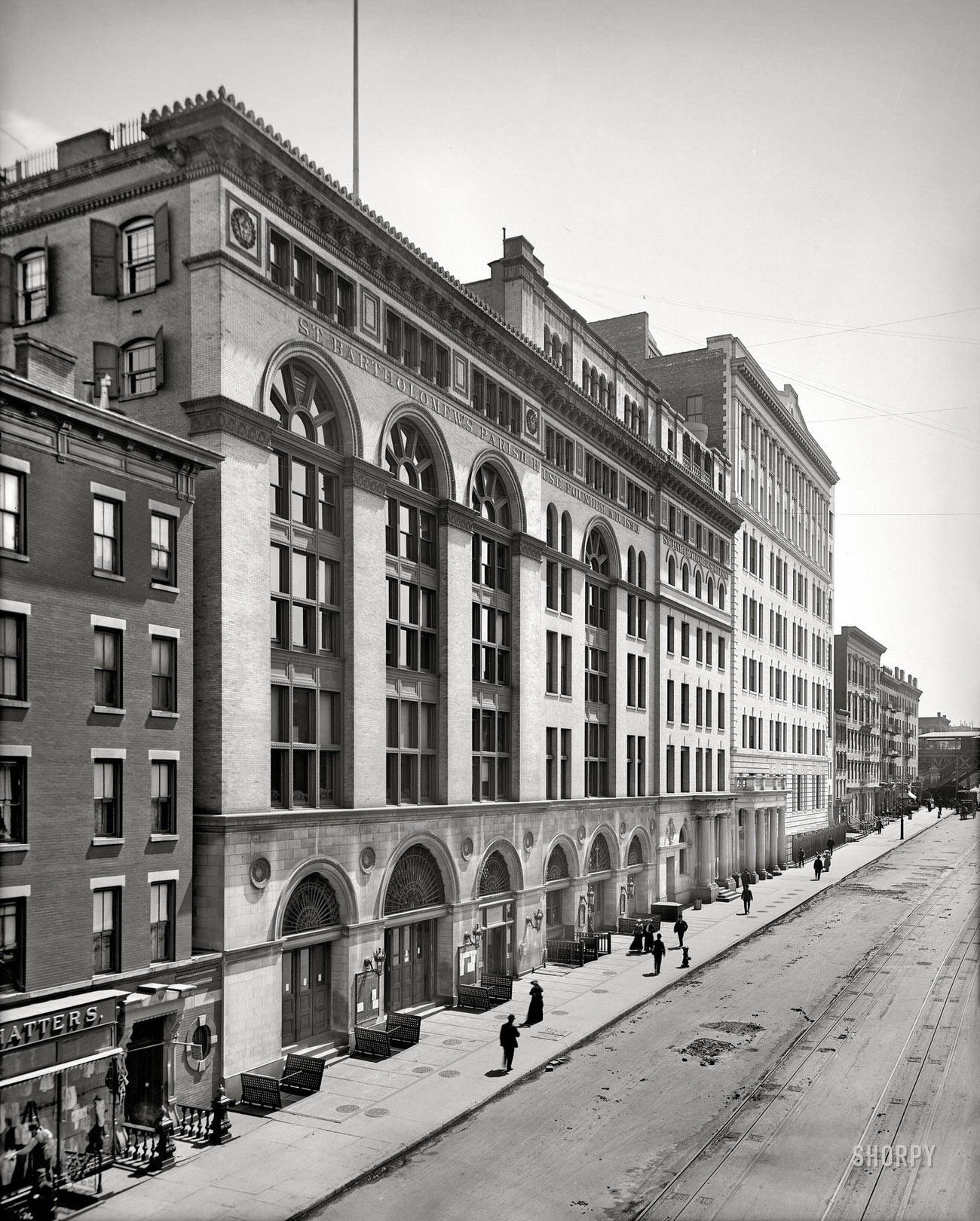
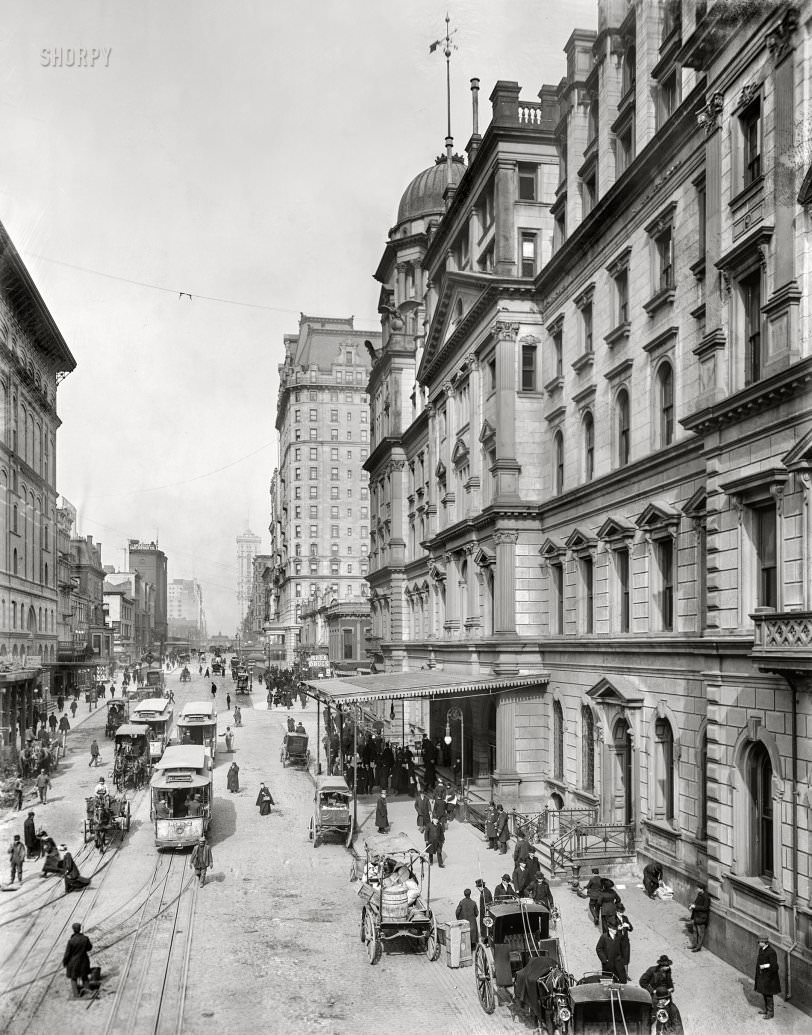
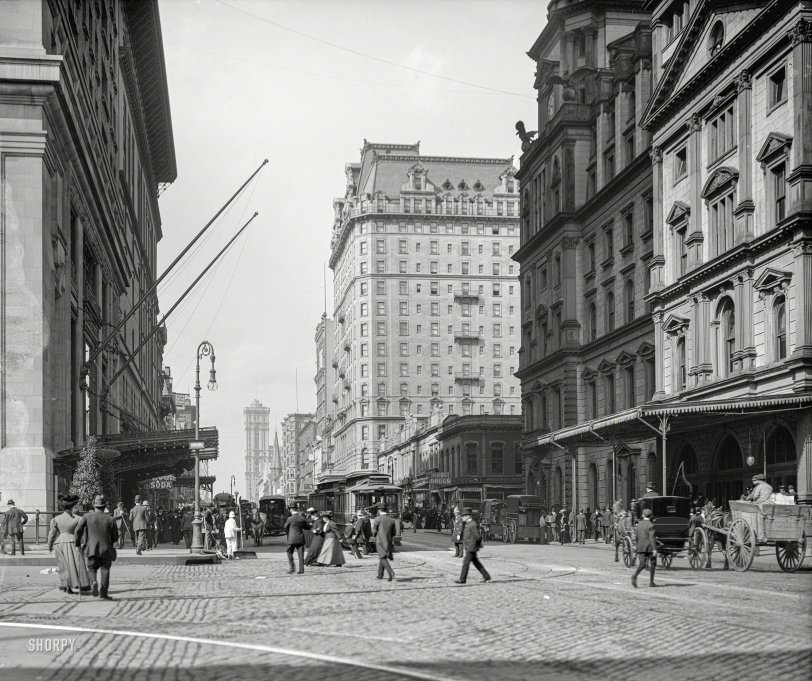
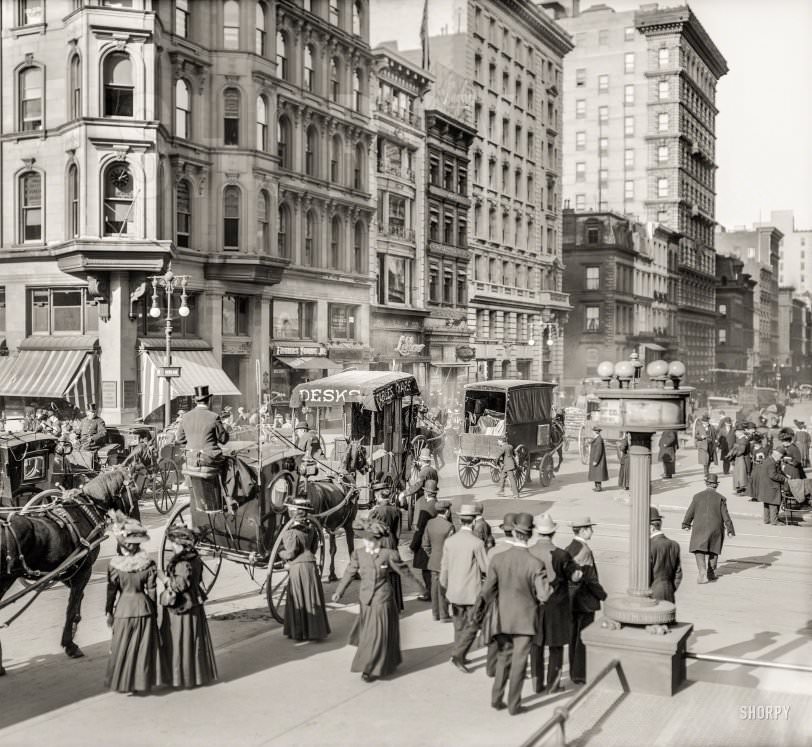
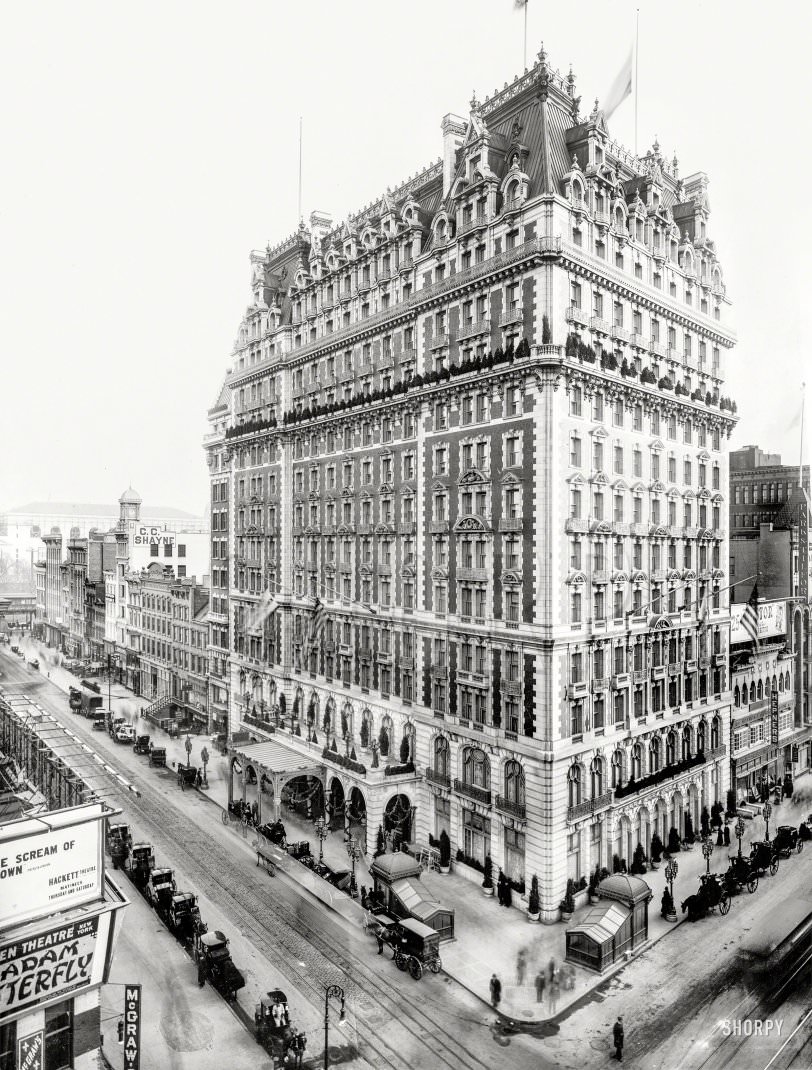
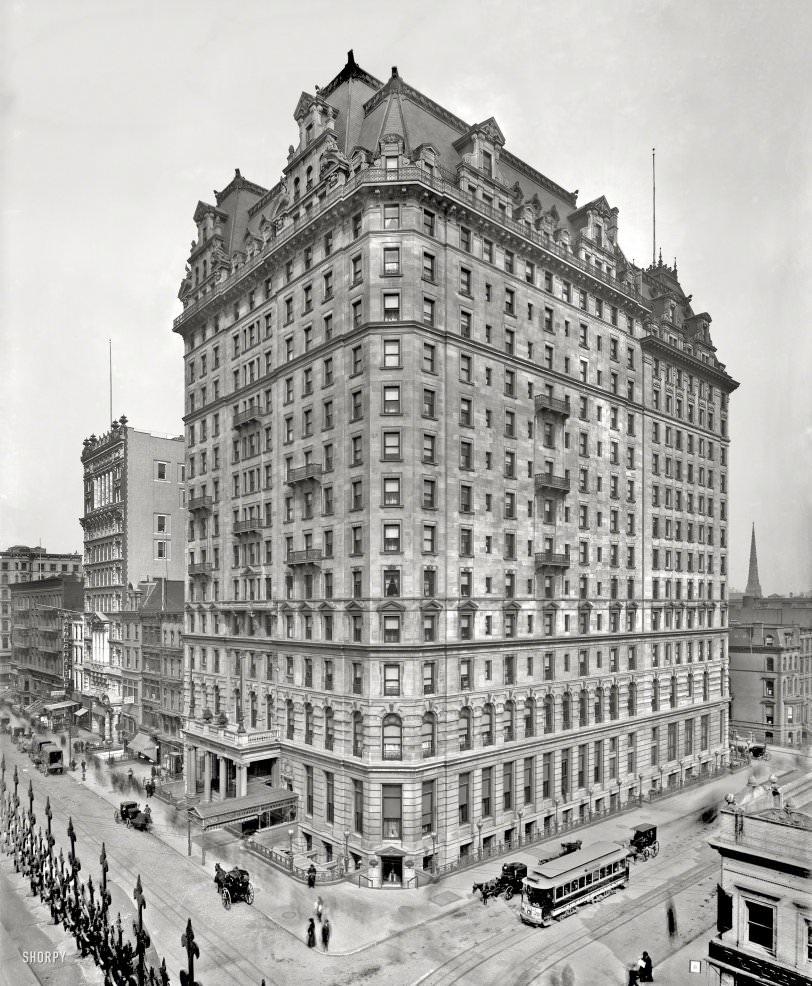
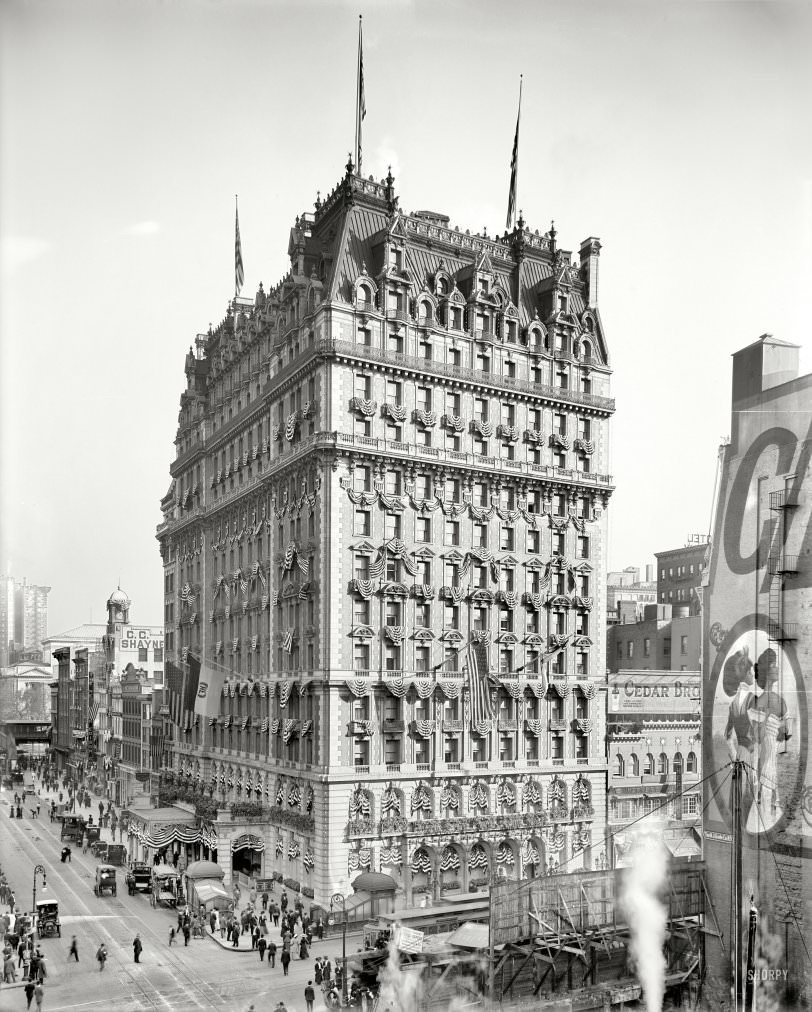
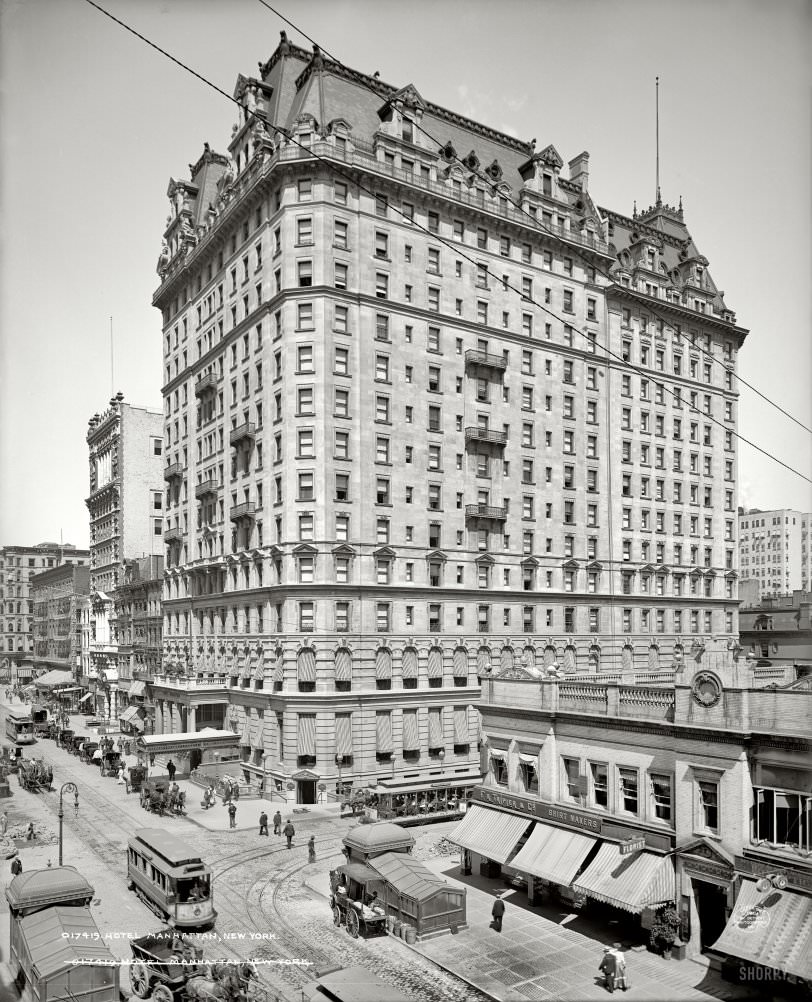
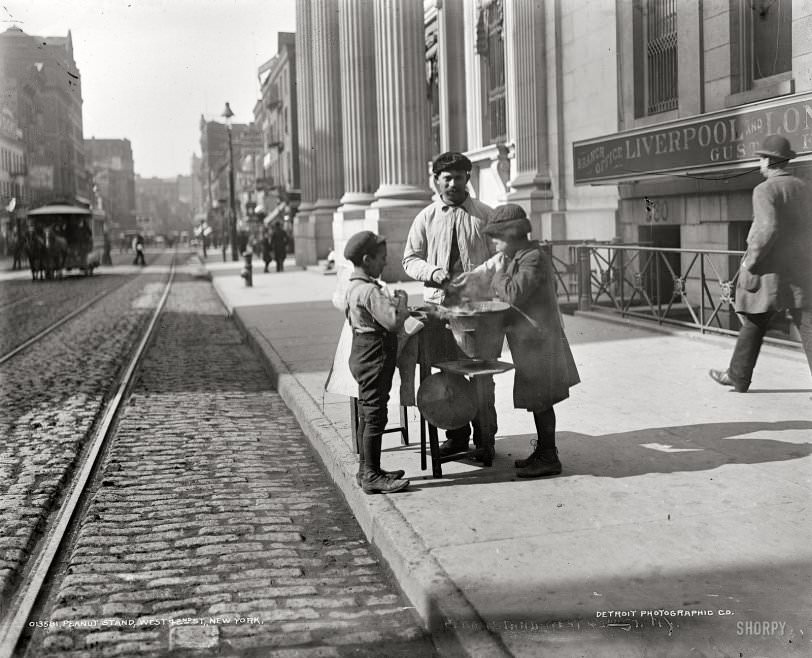

GIPHY App Key not set. Please check settings